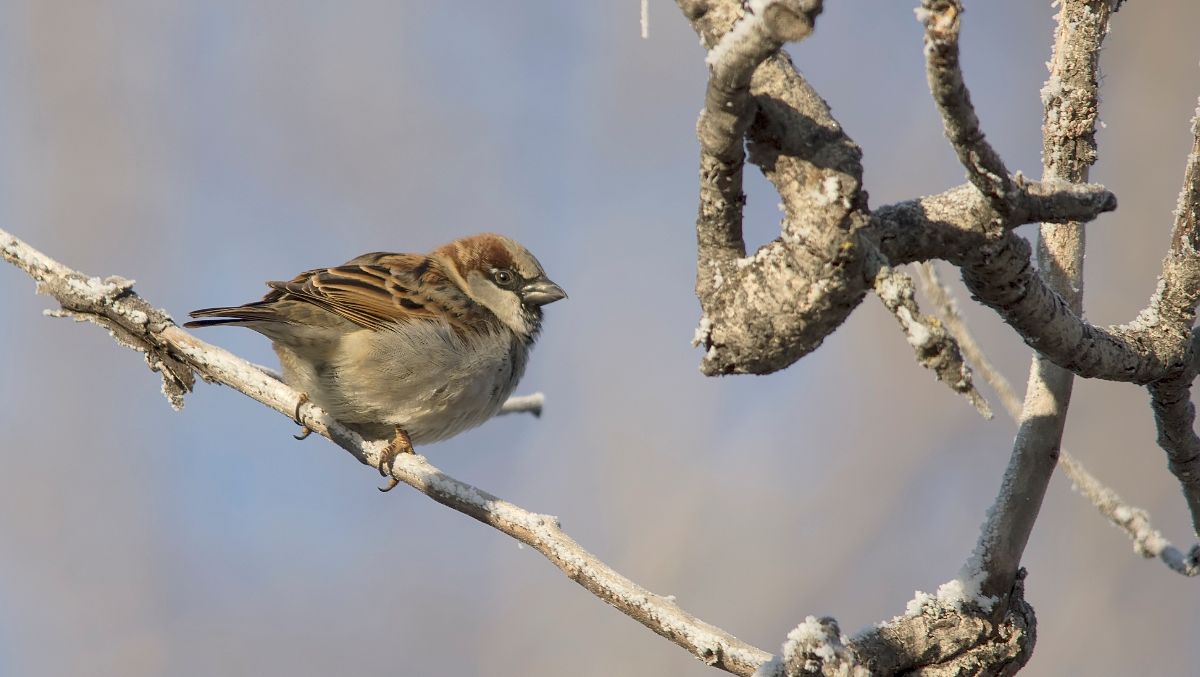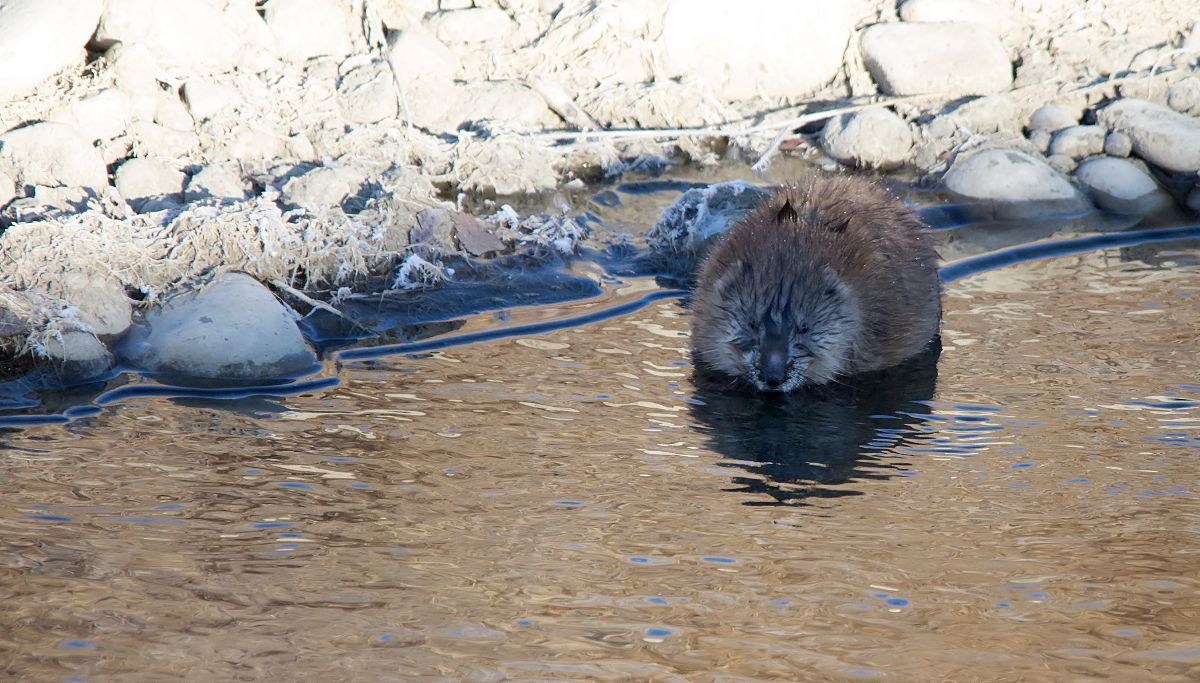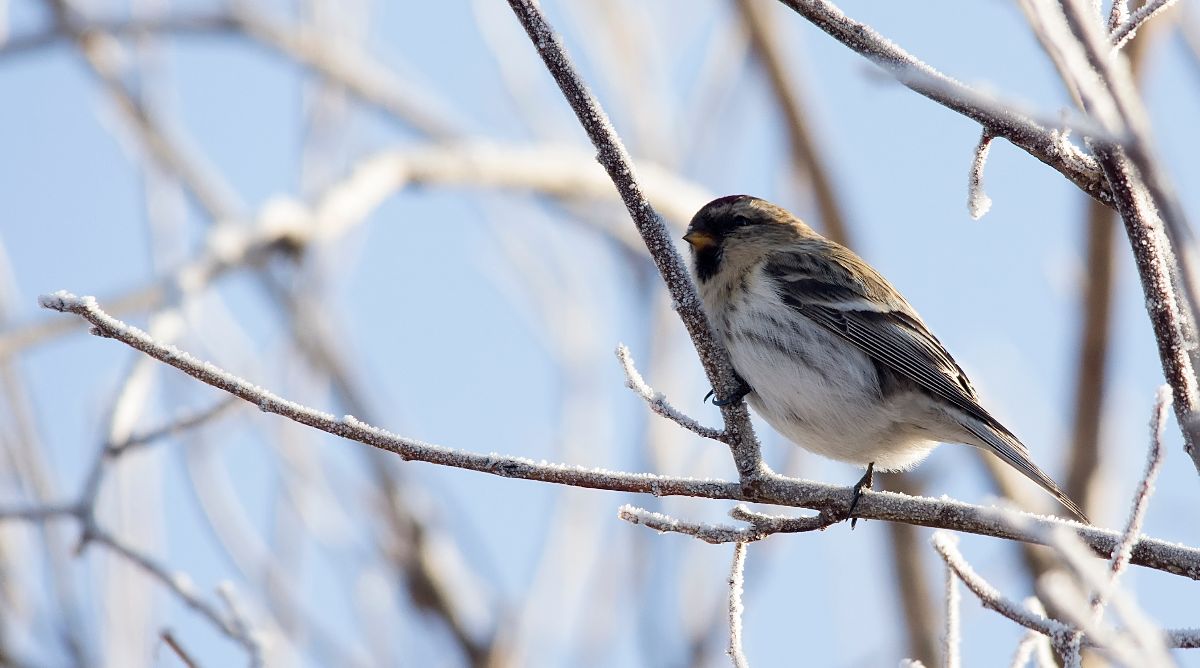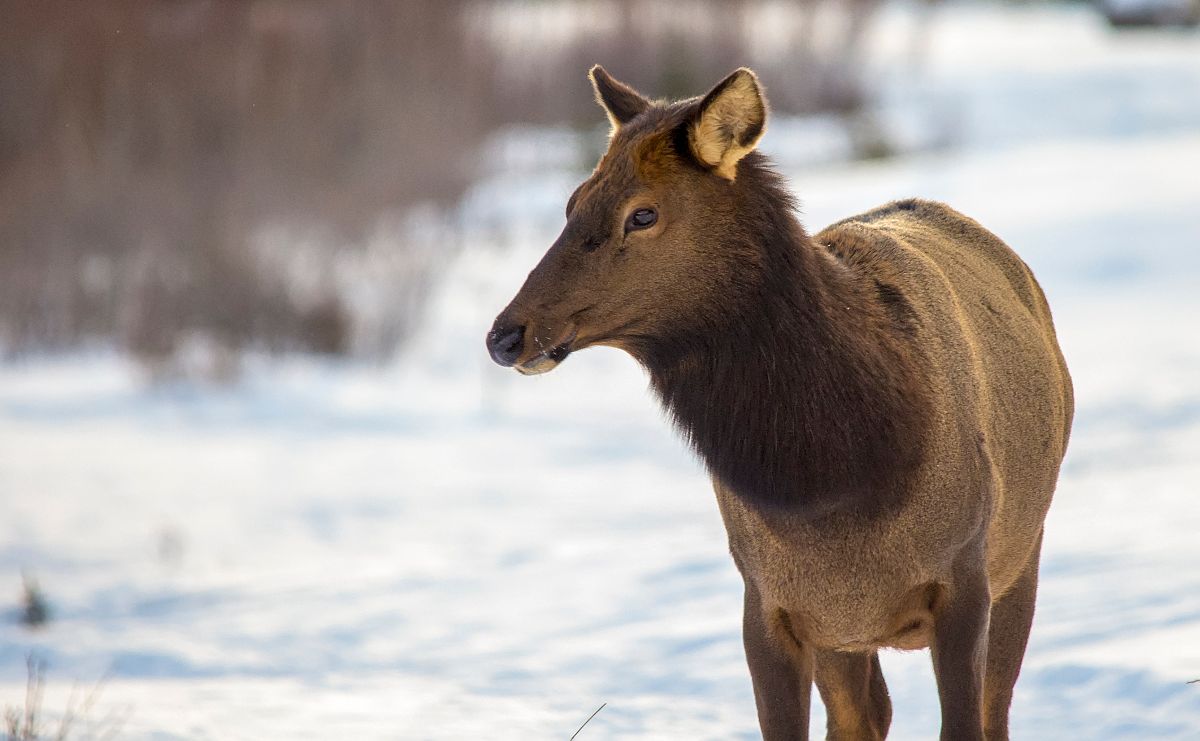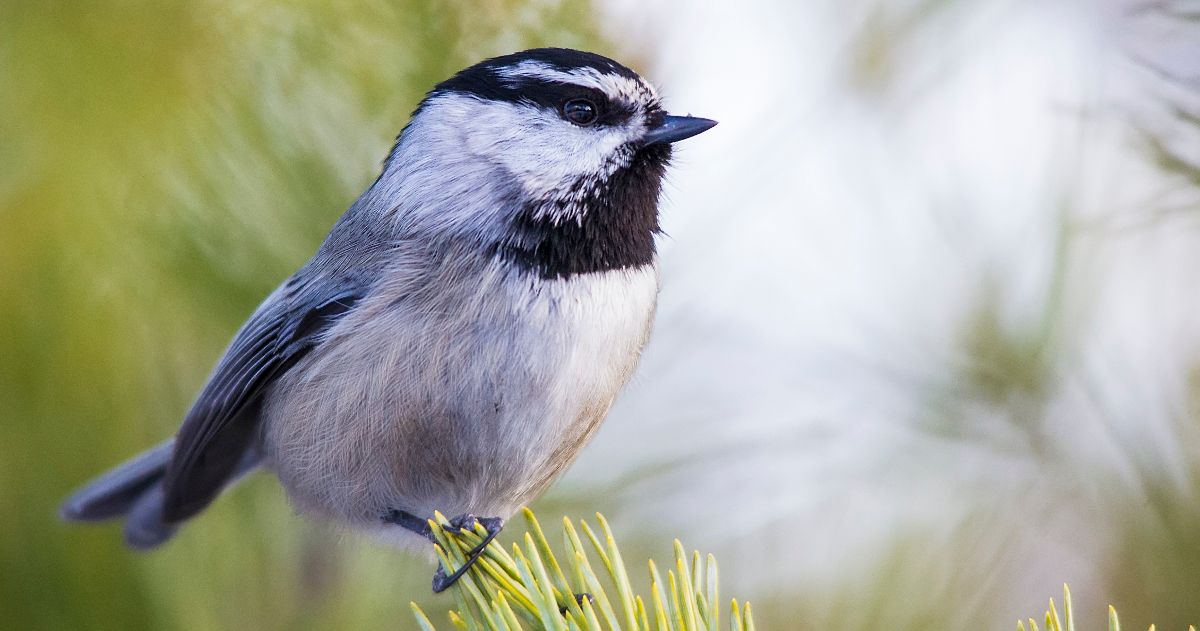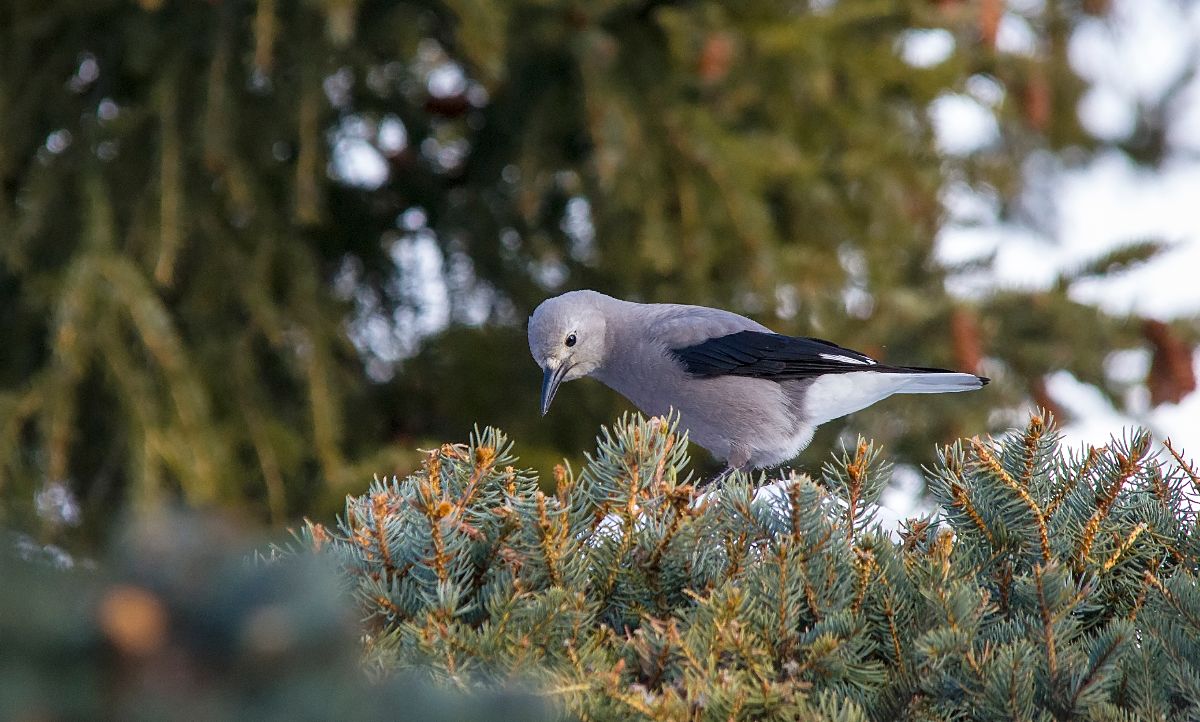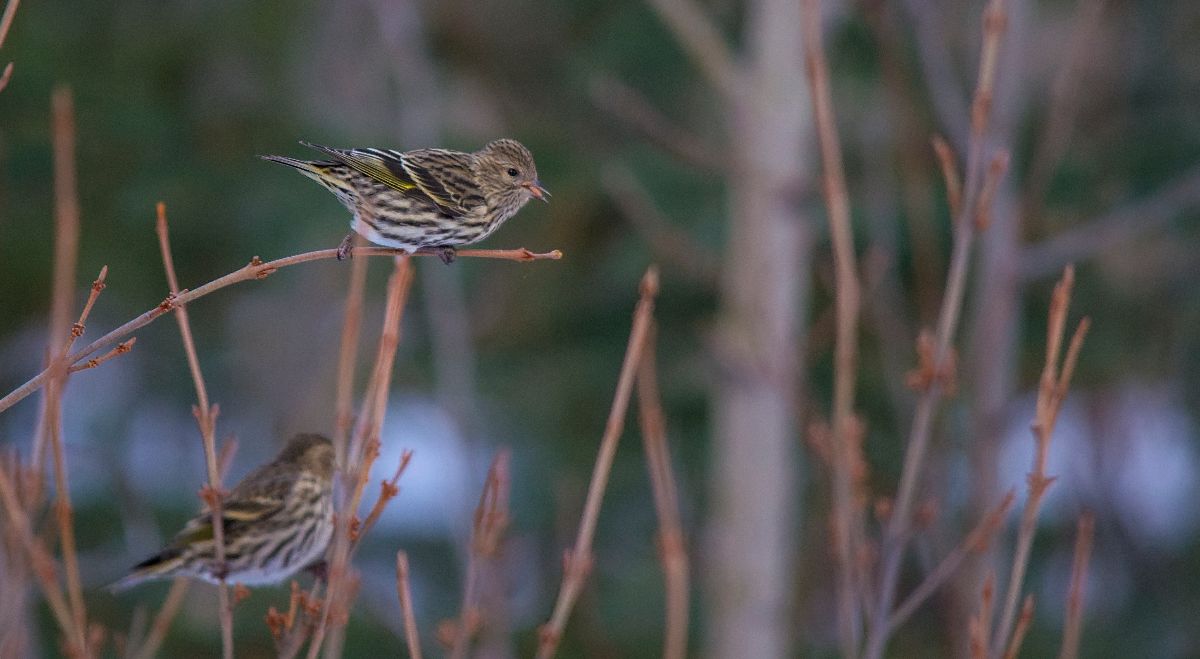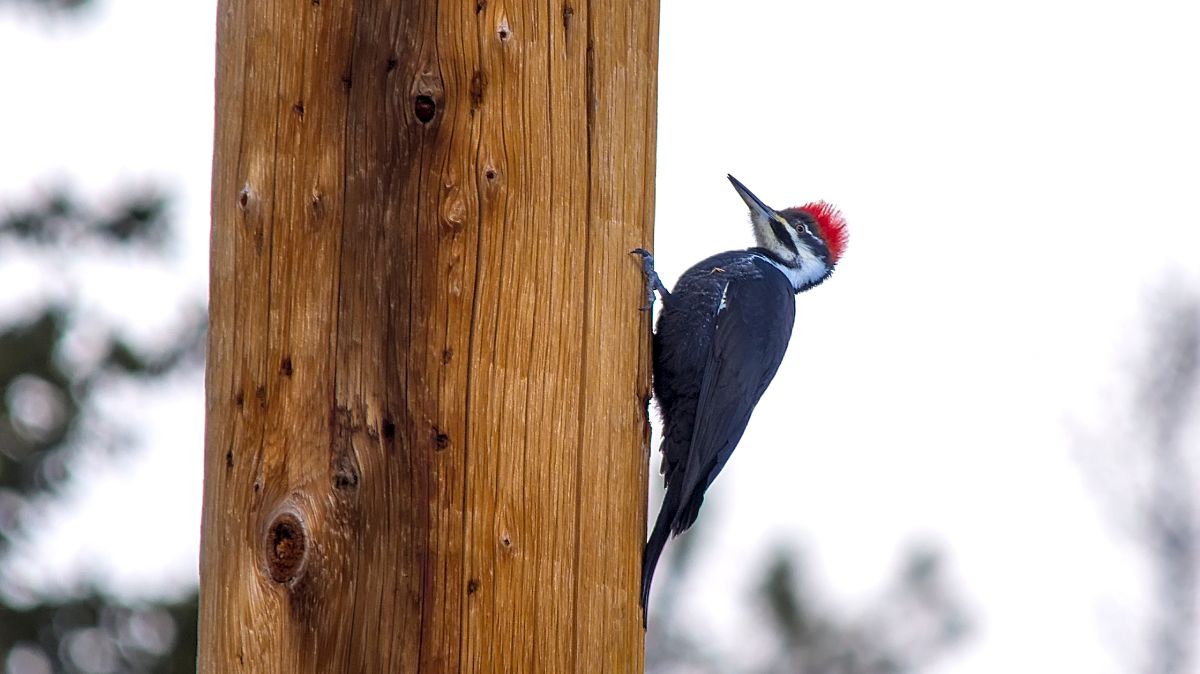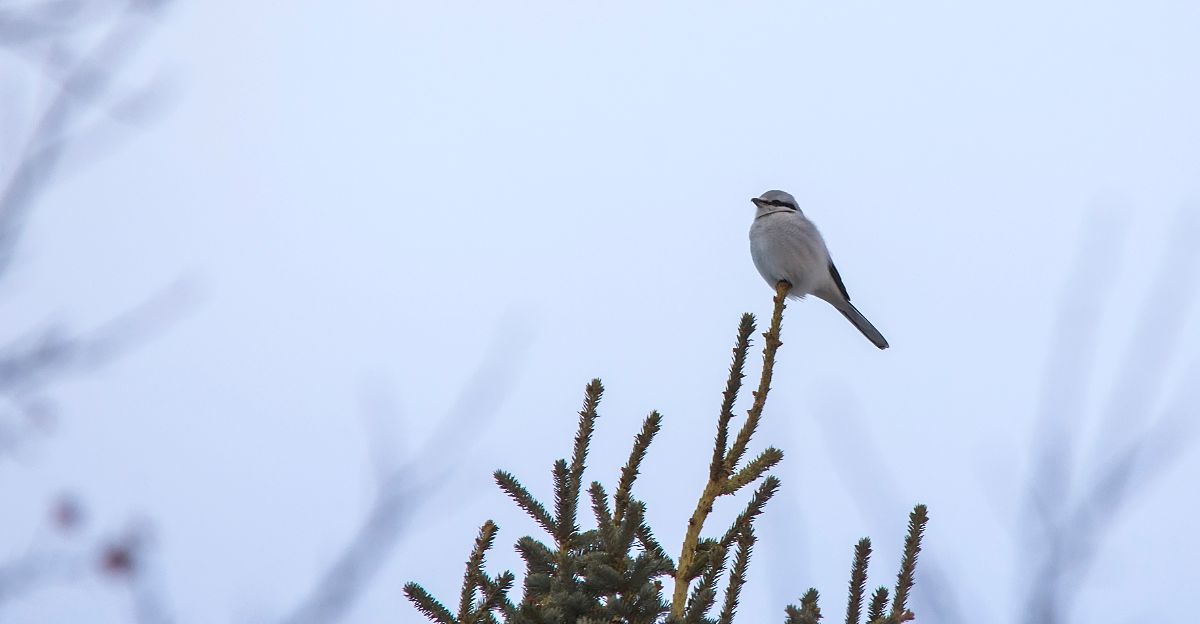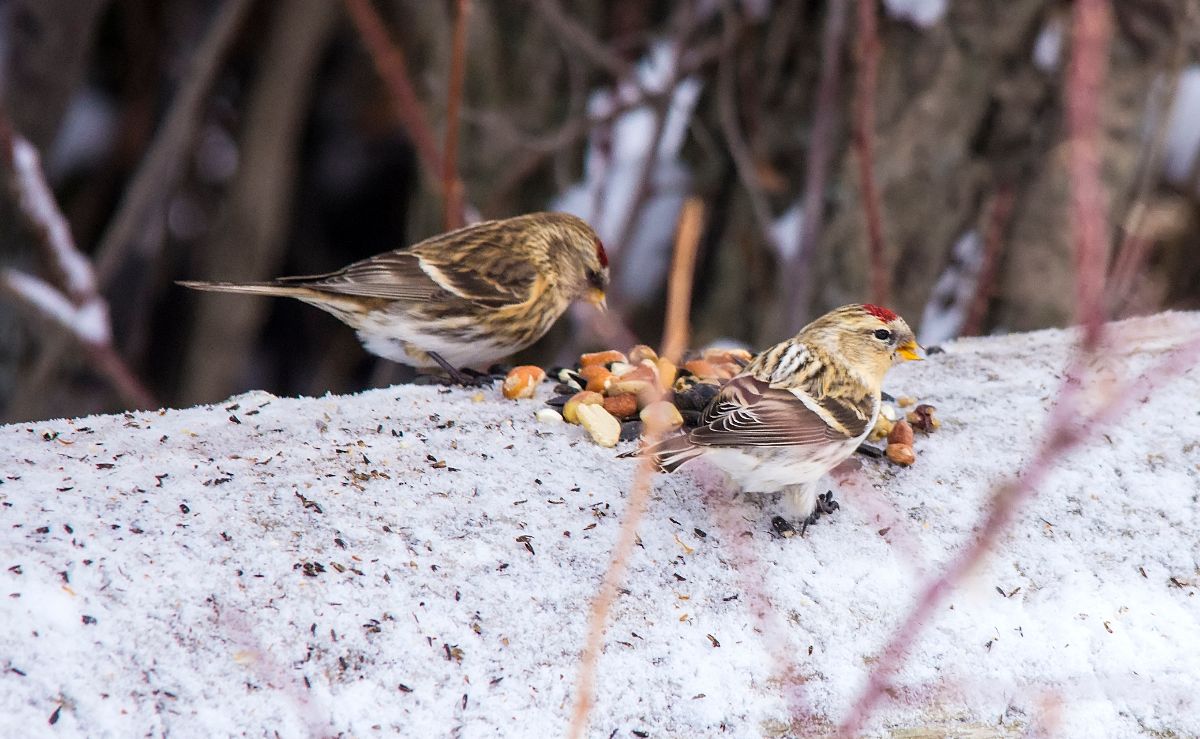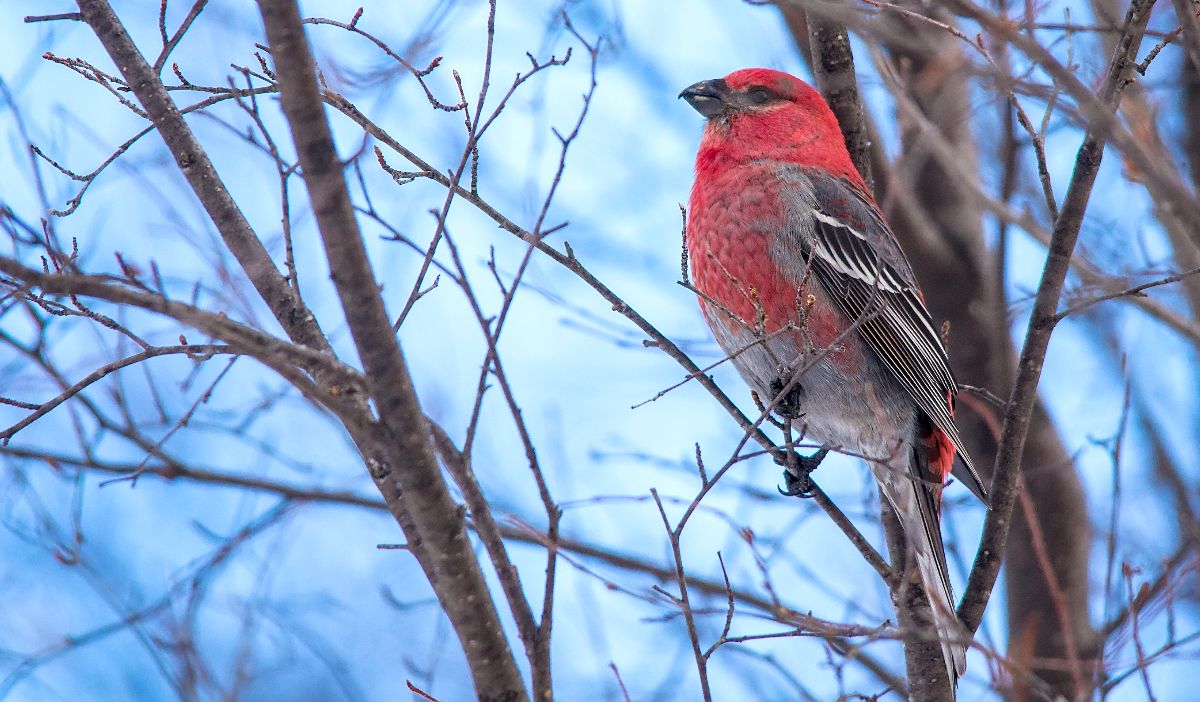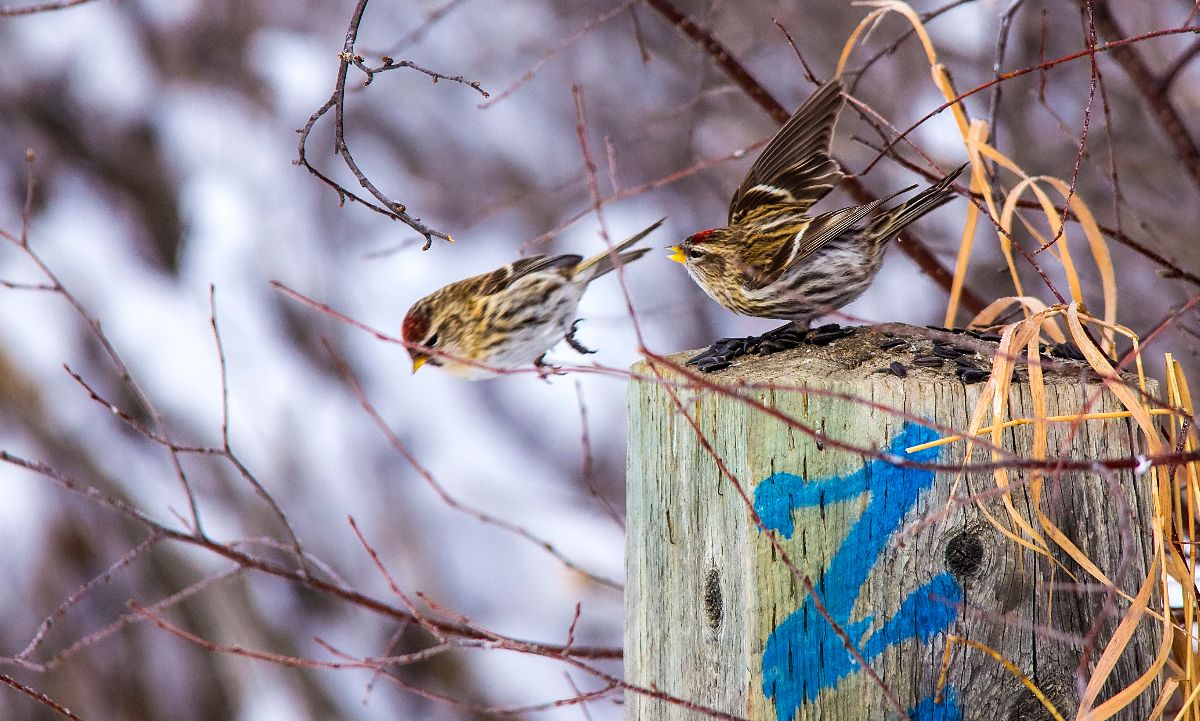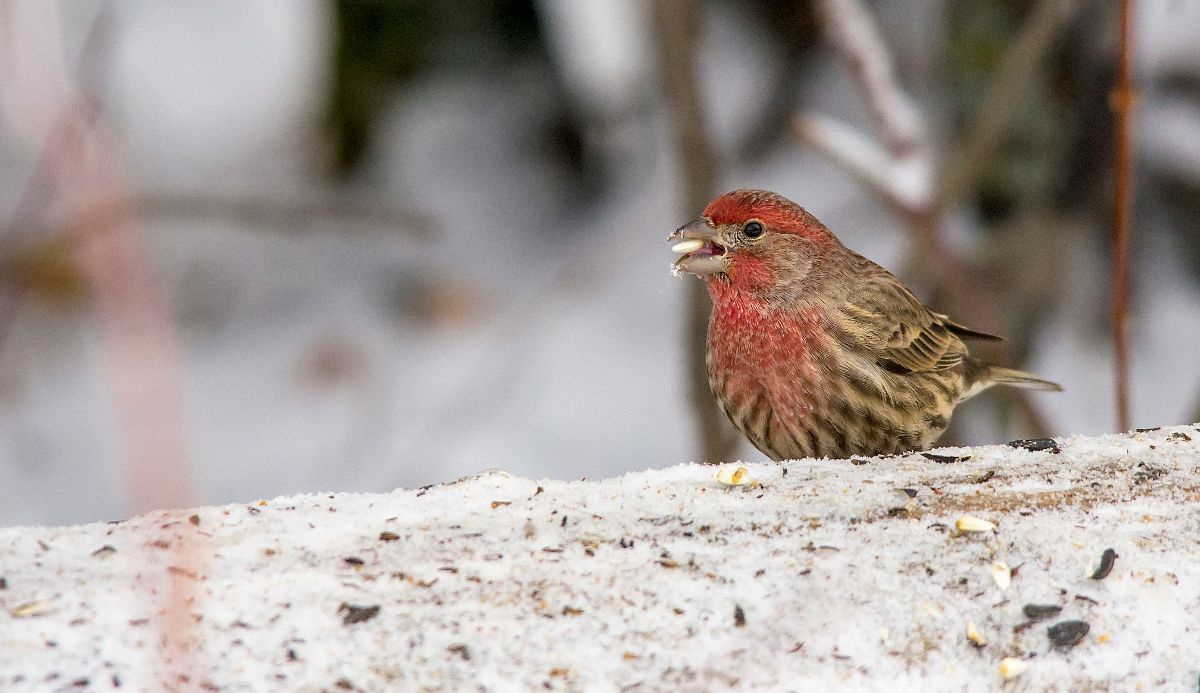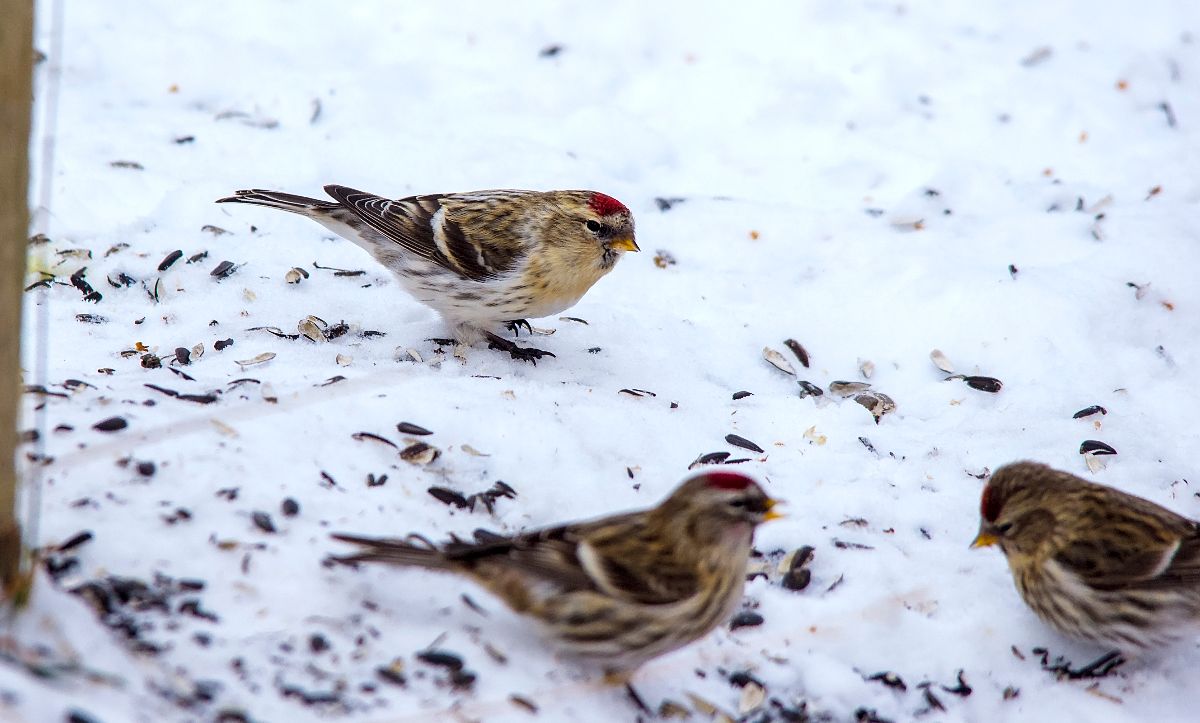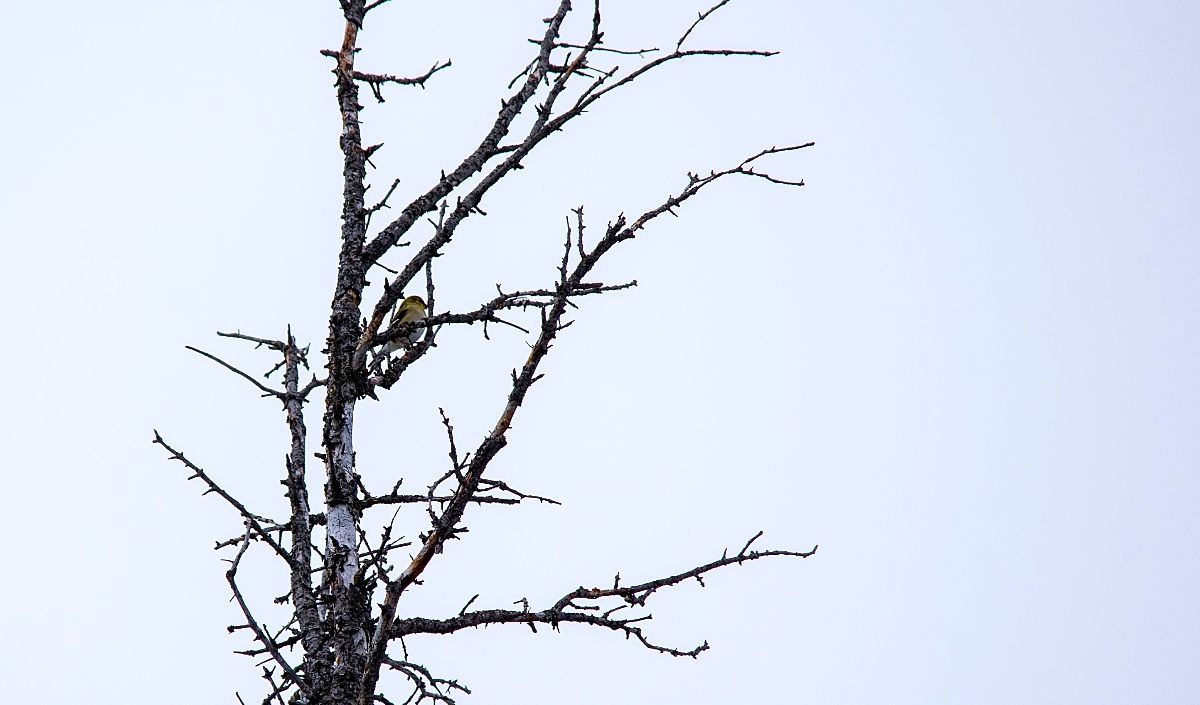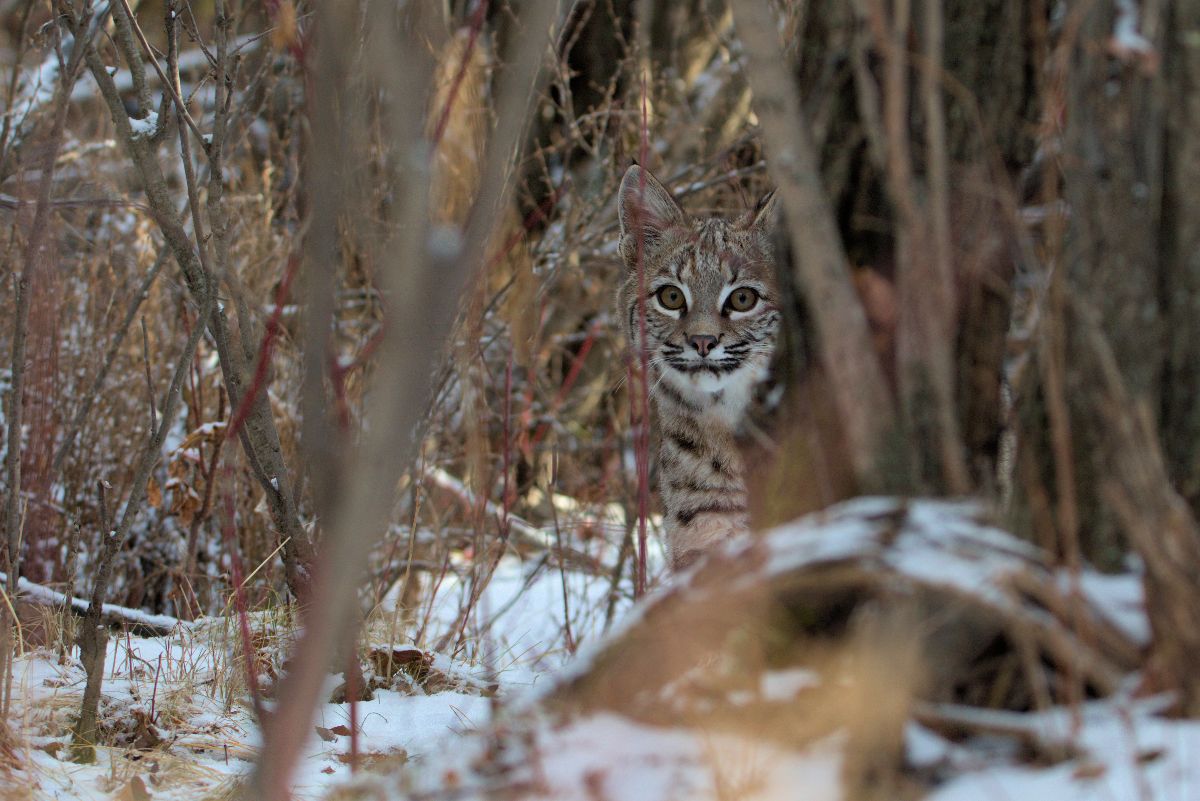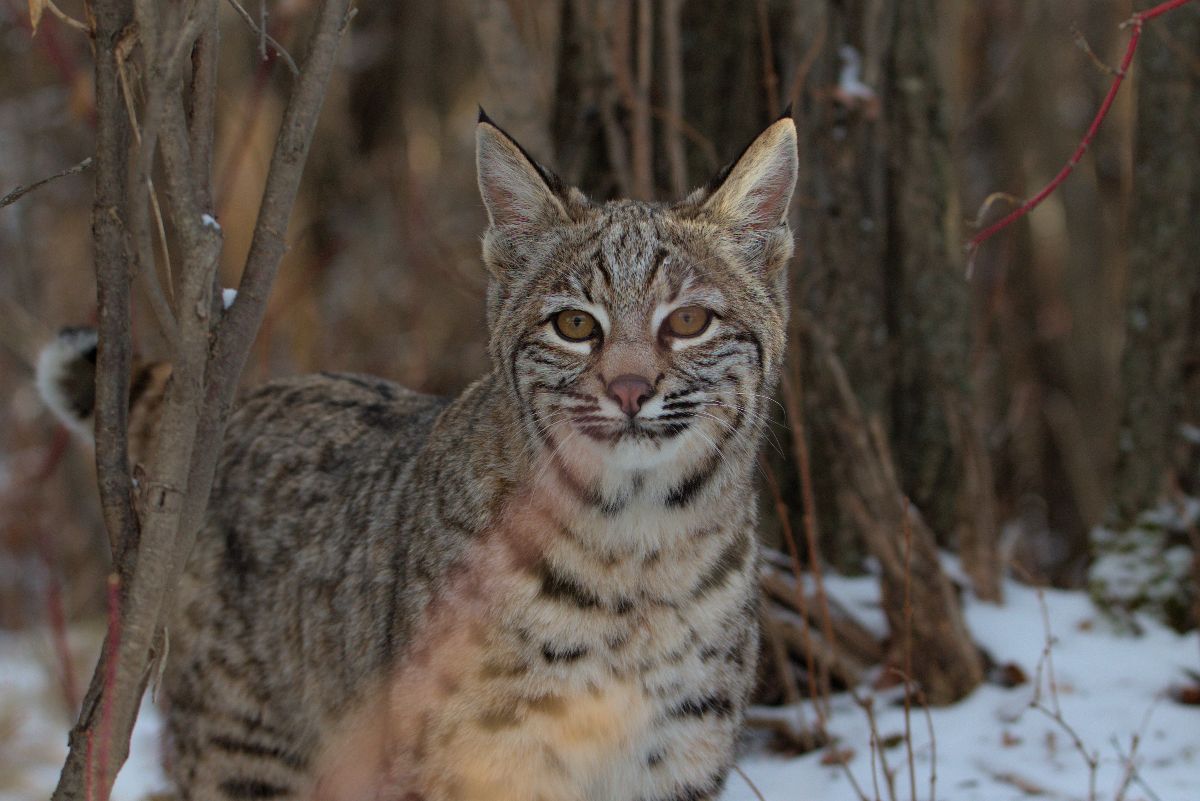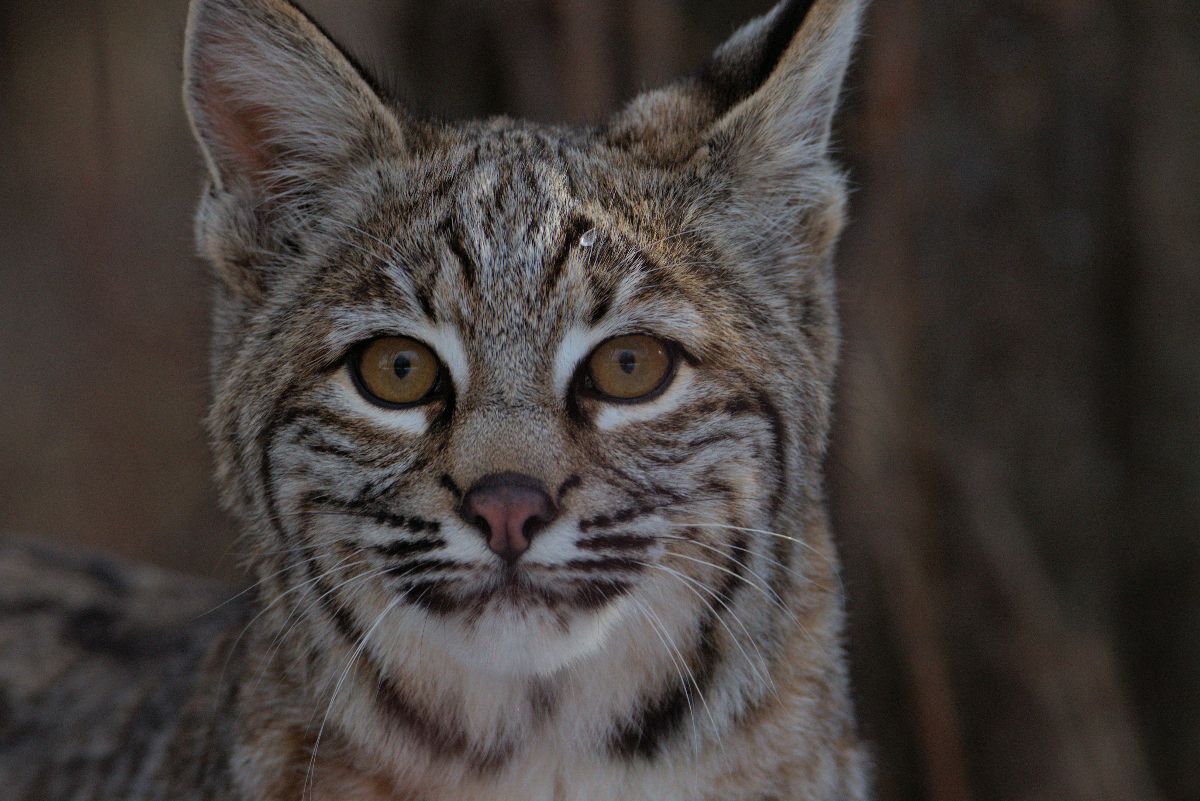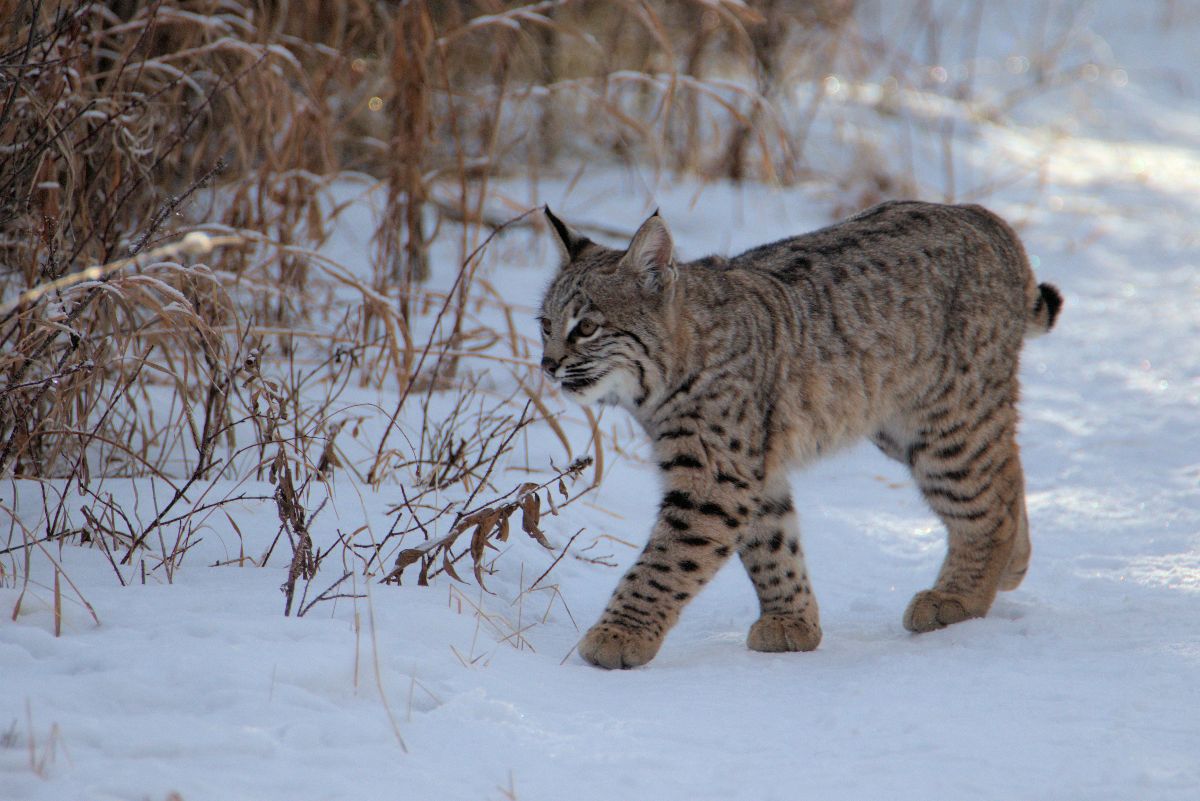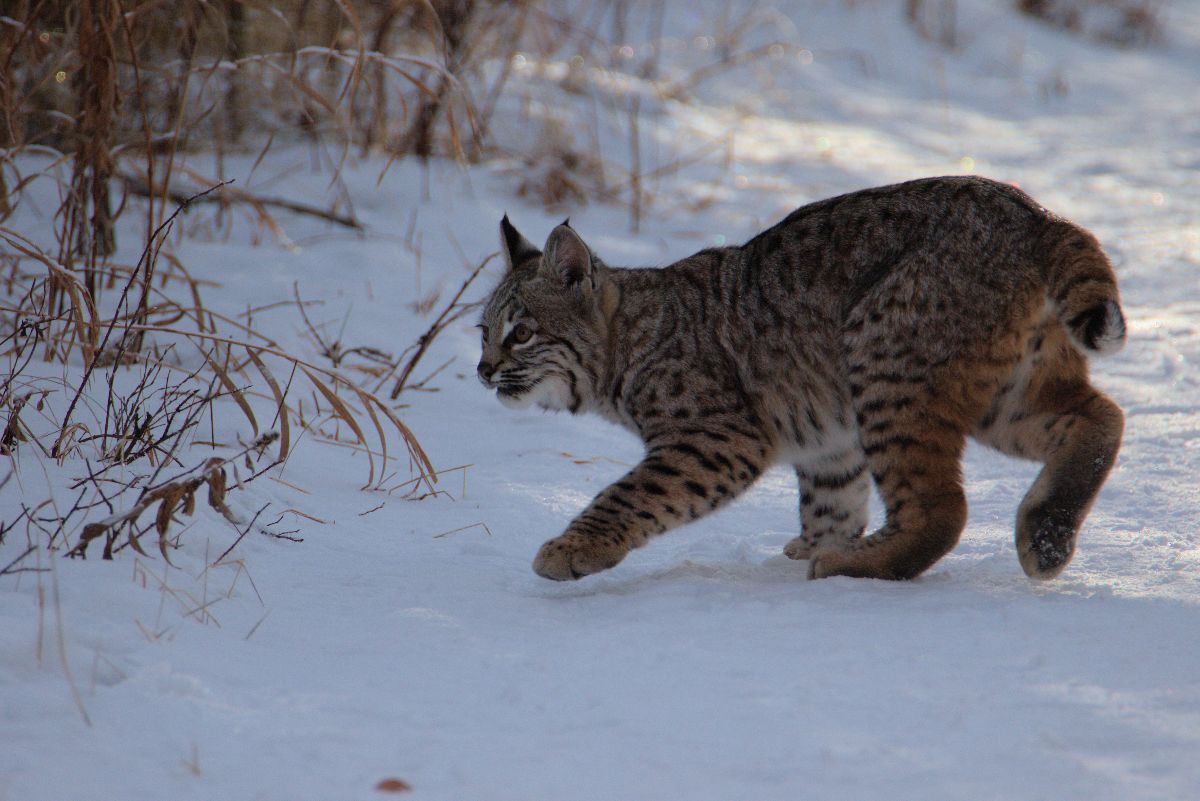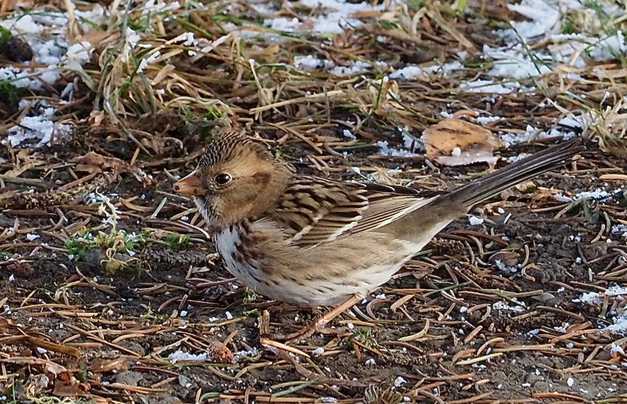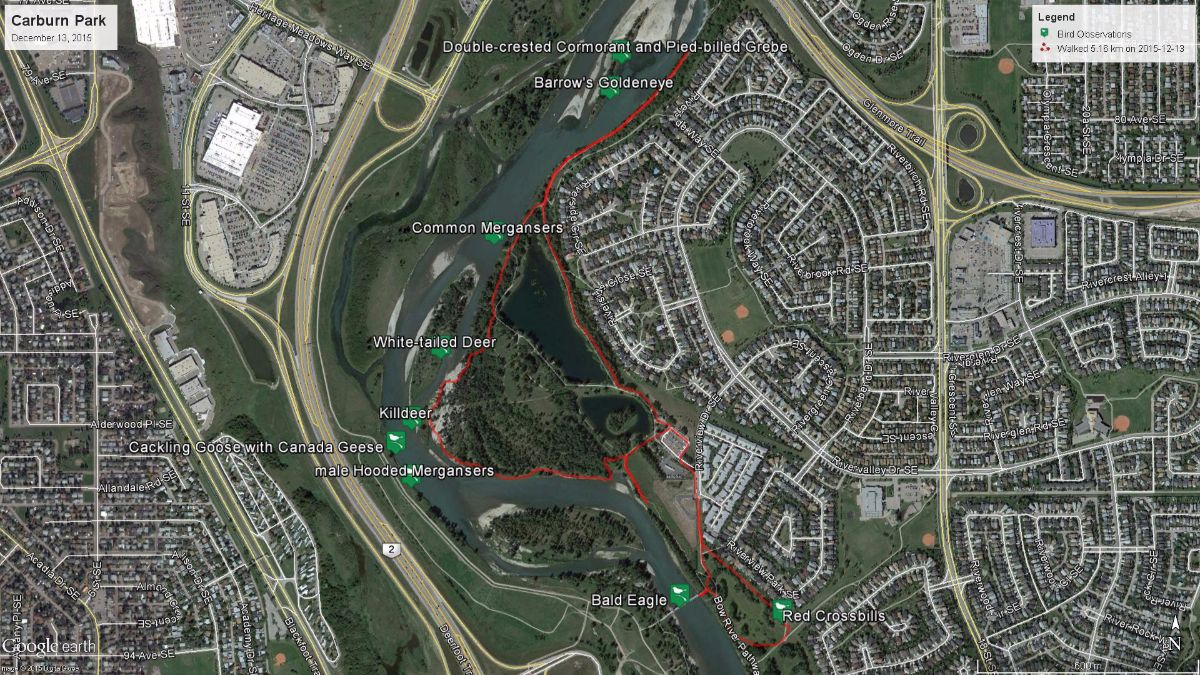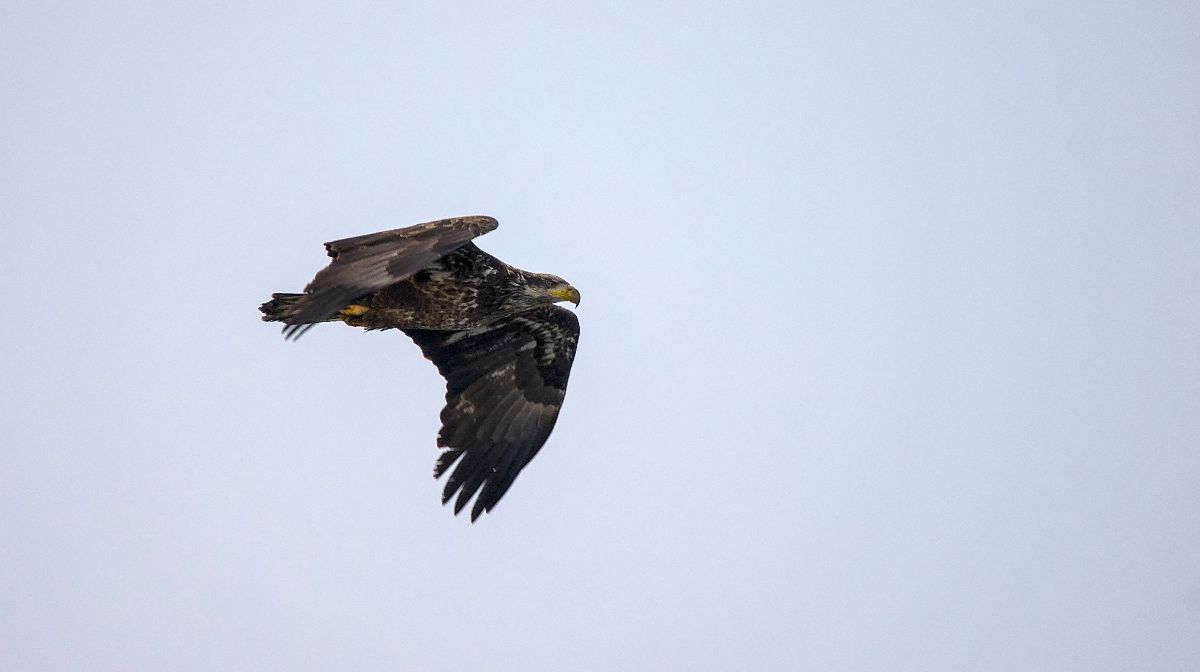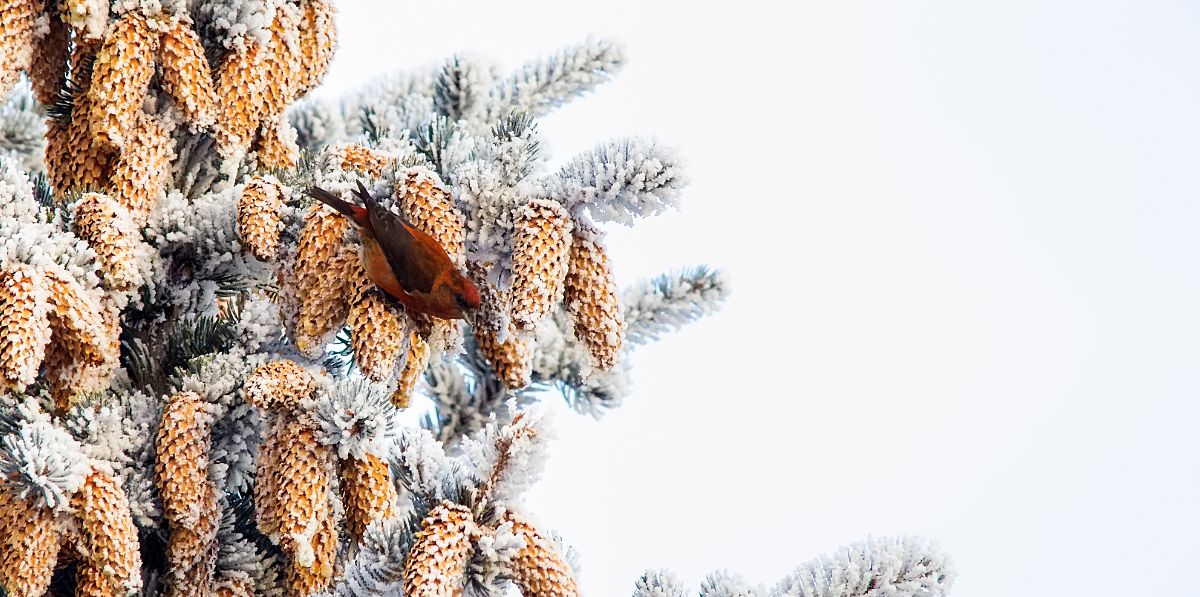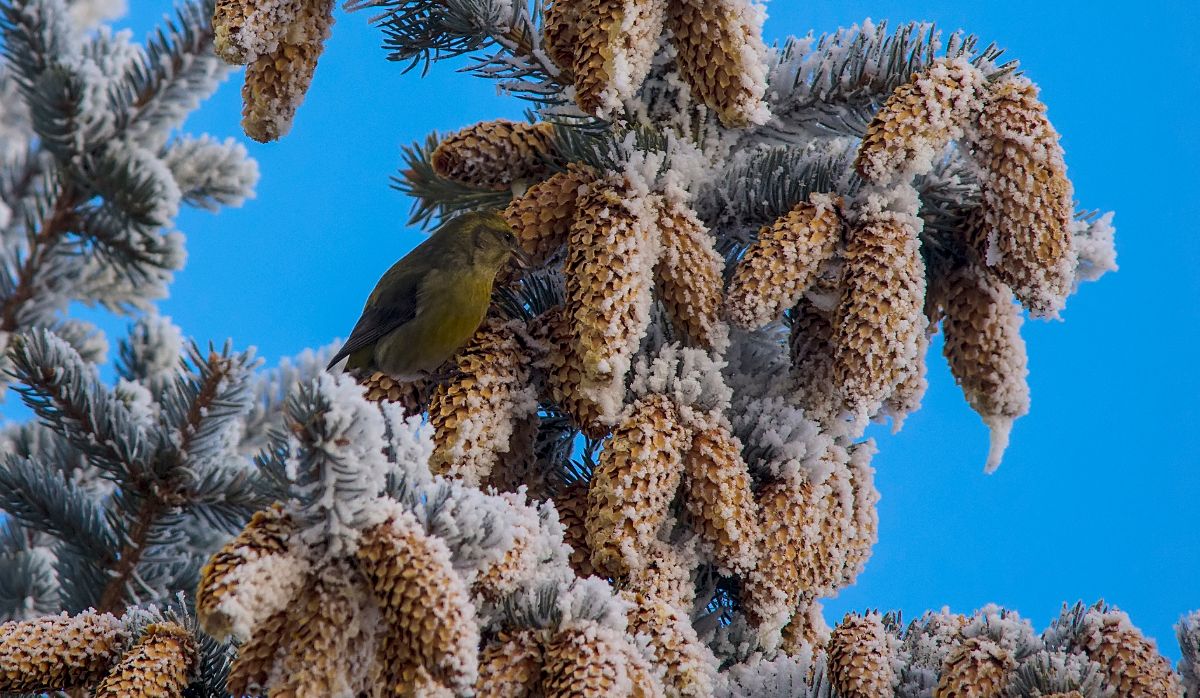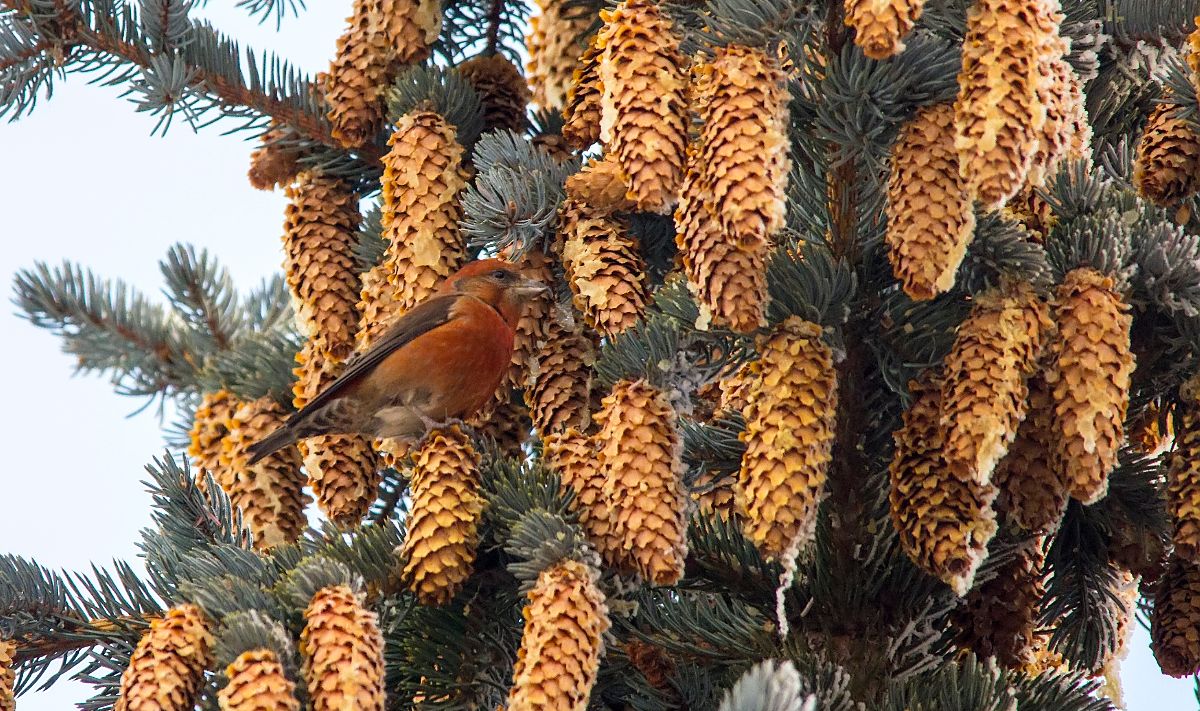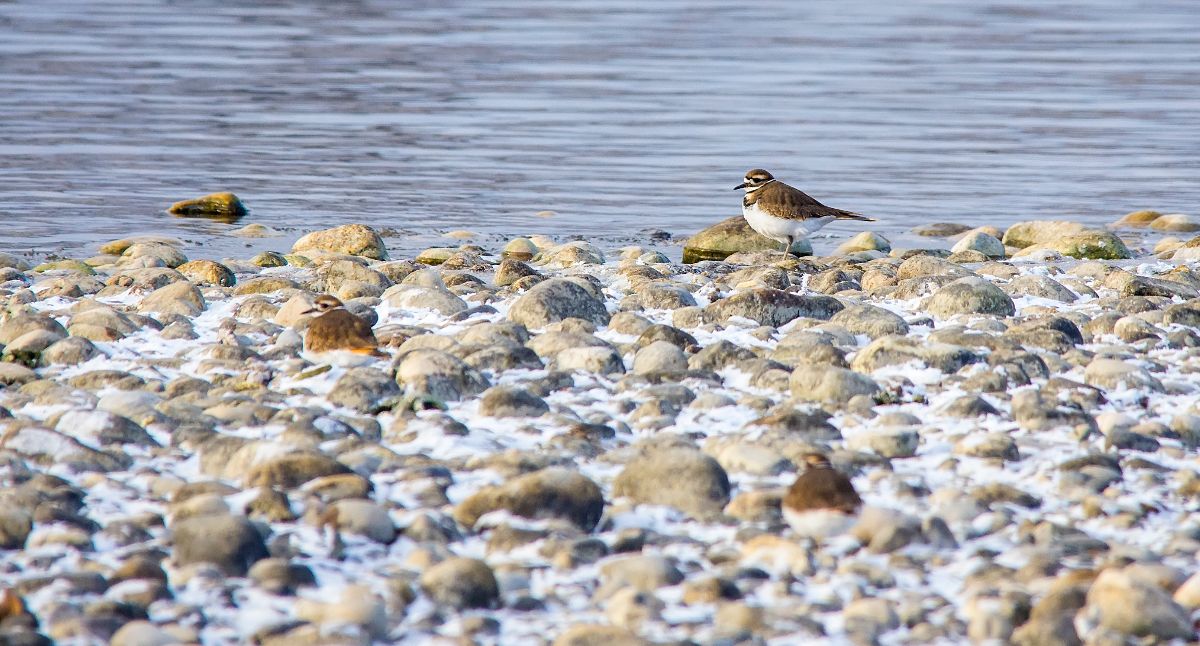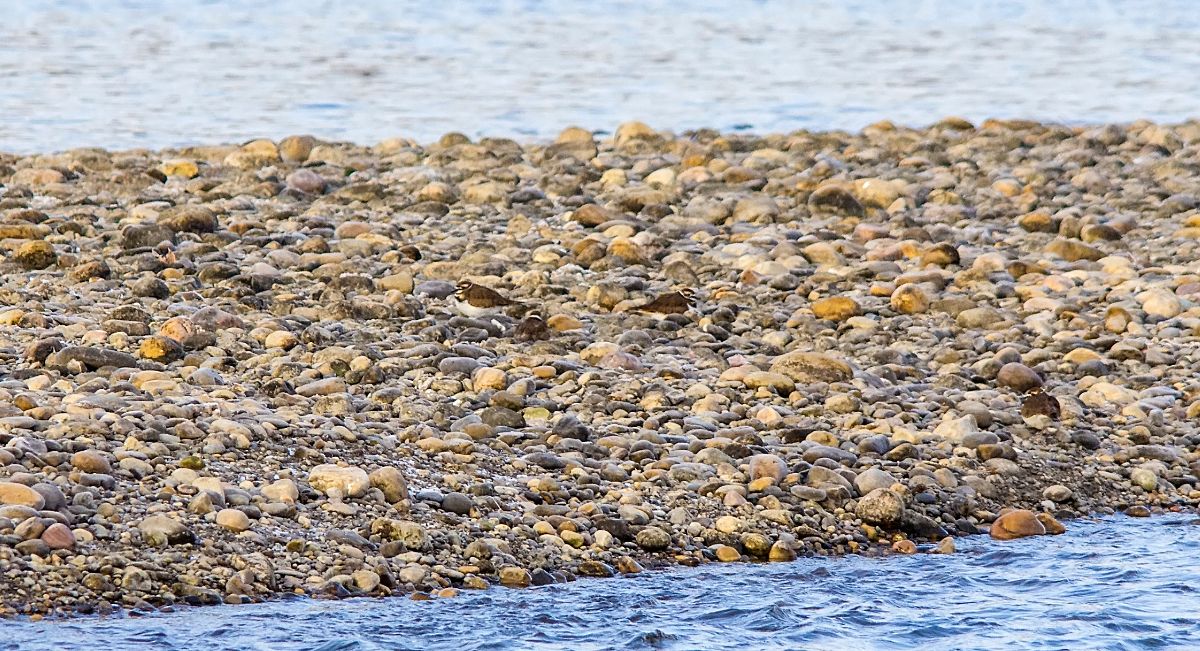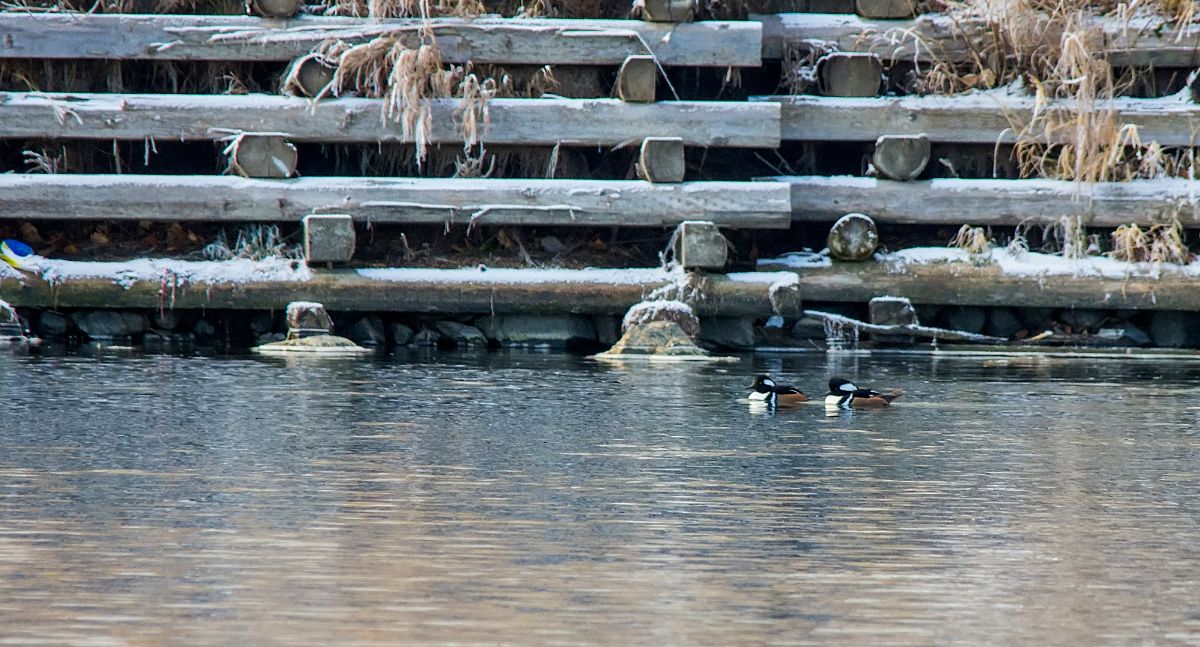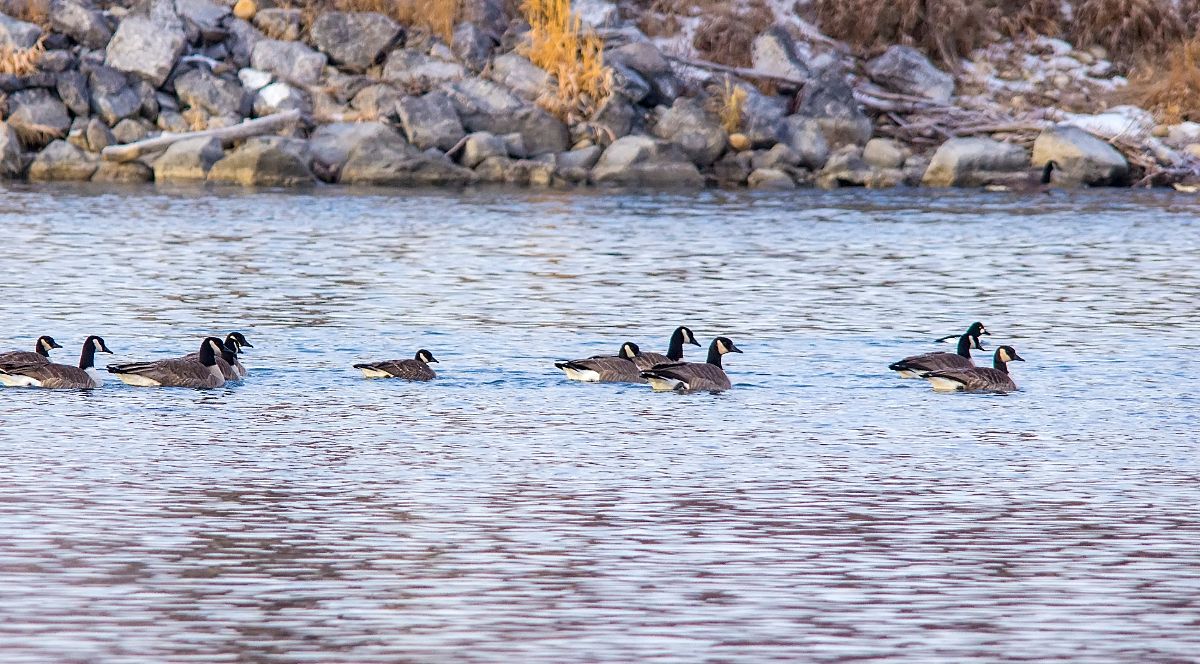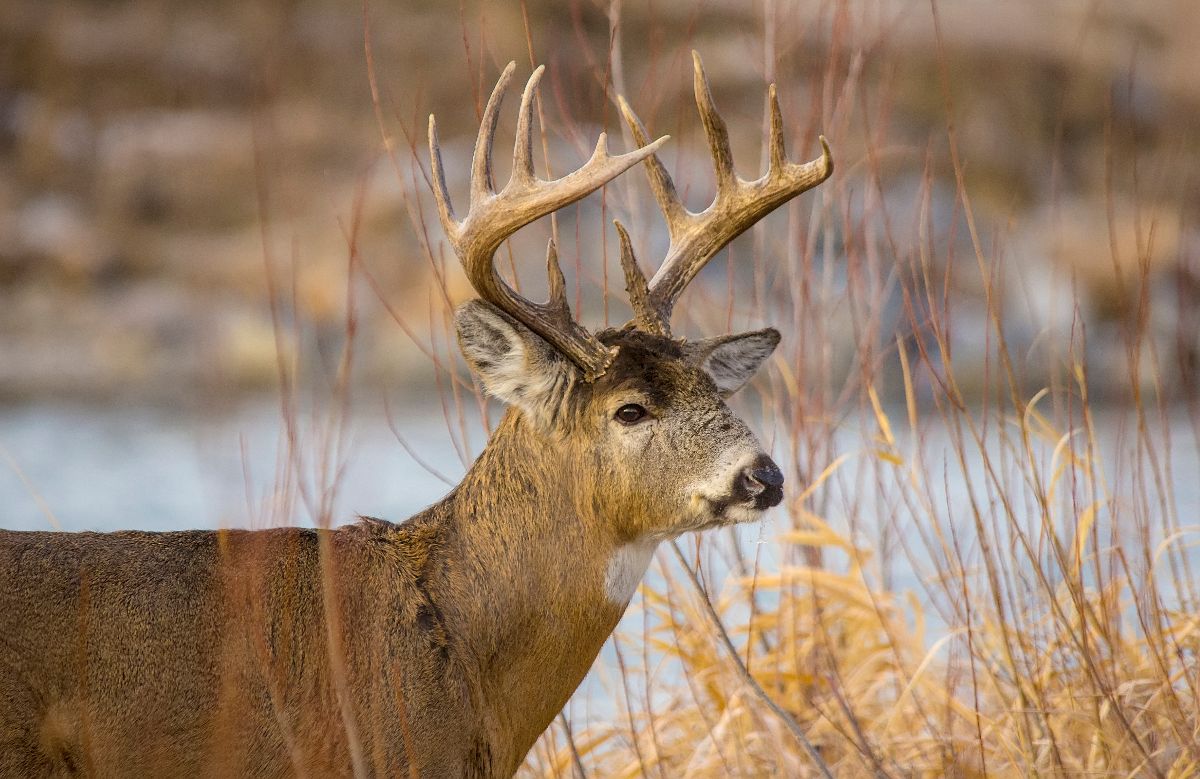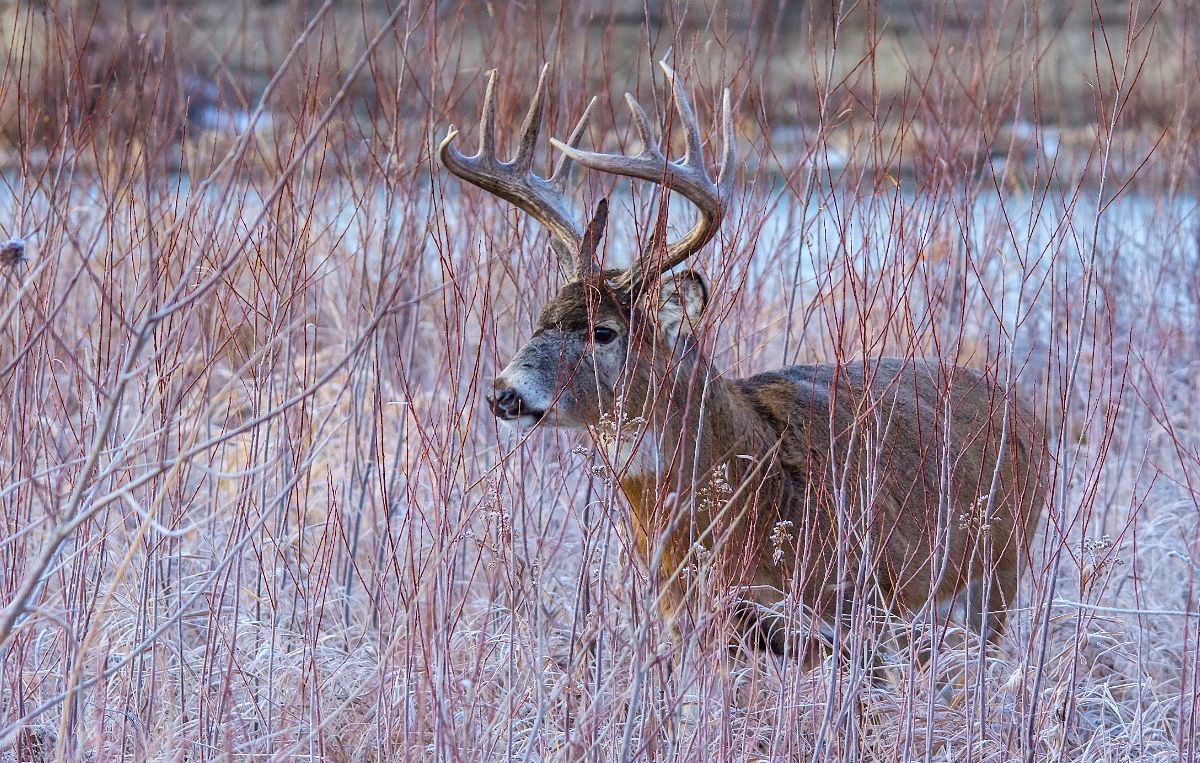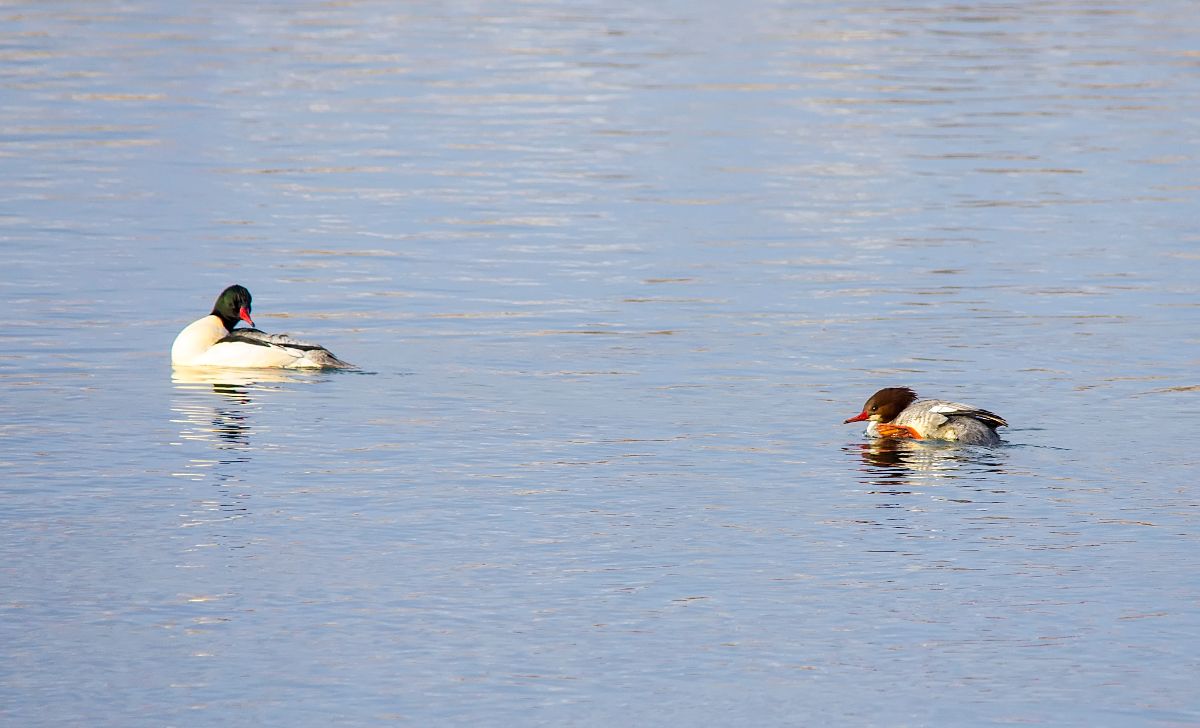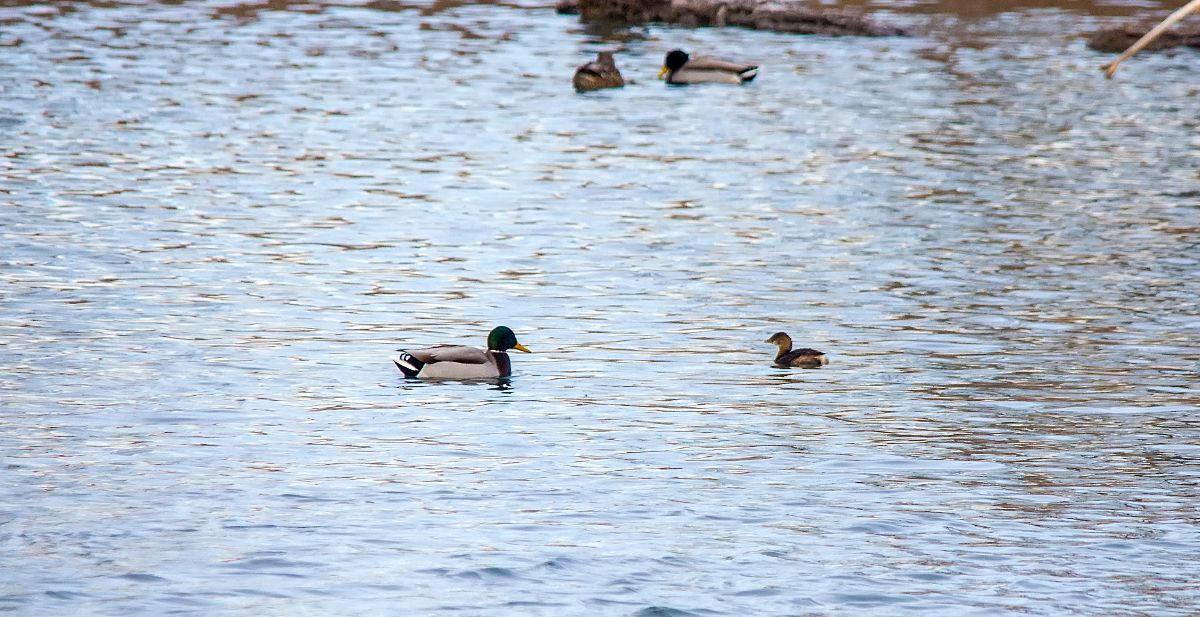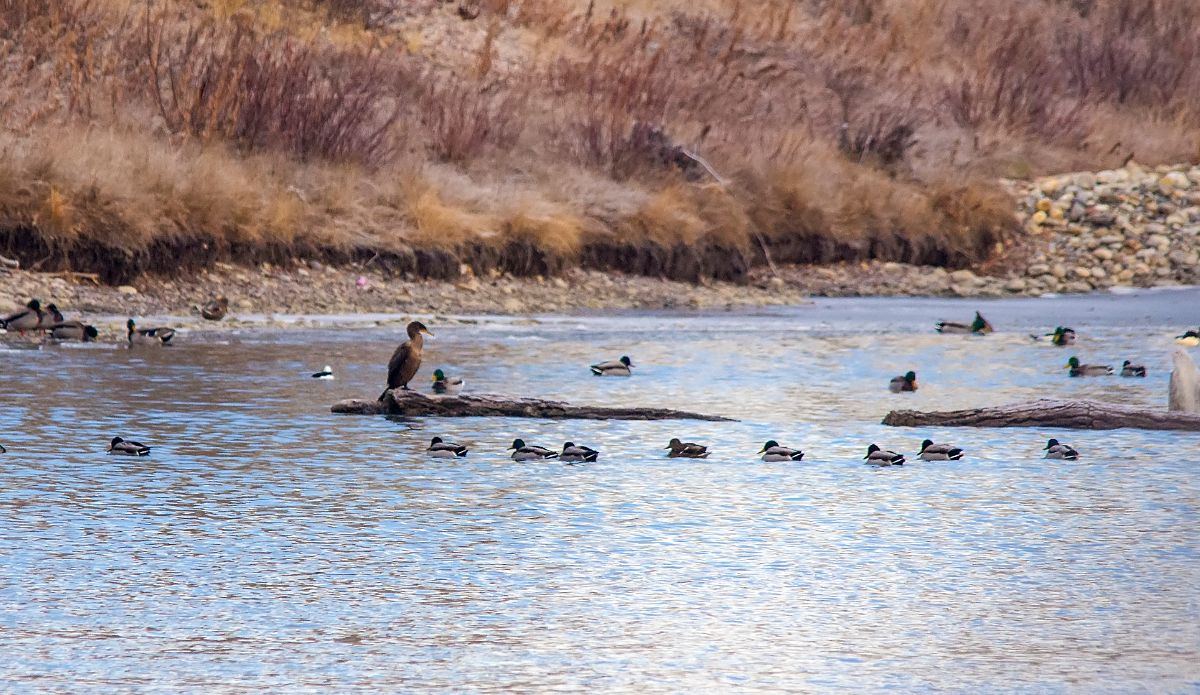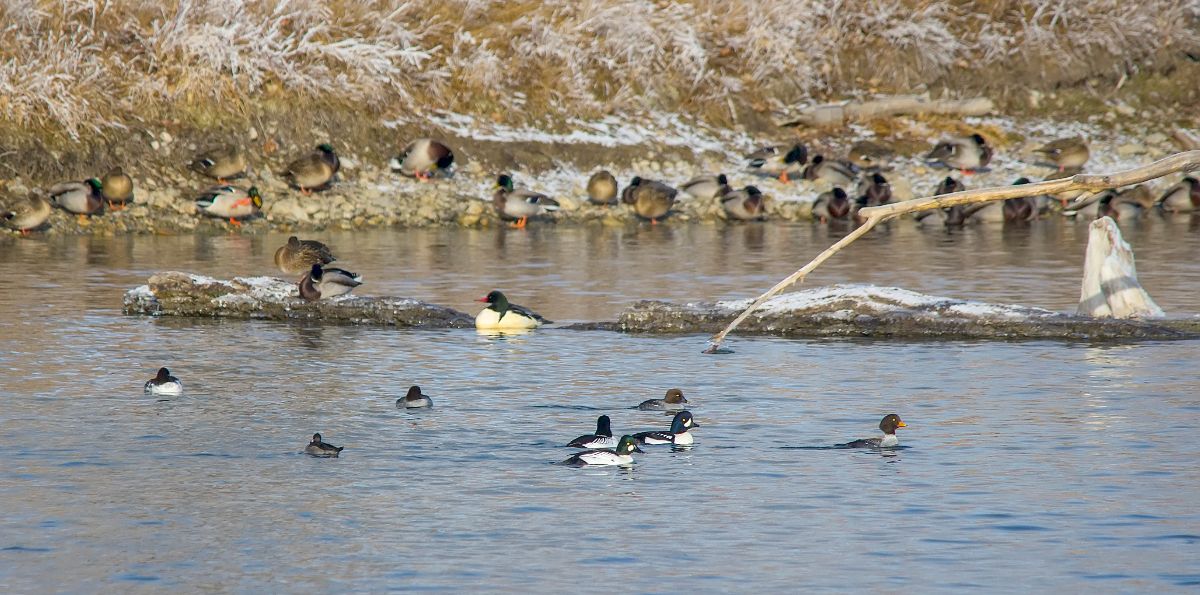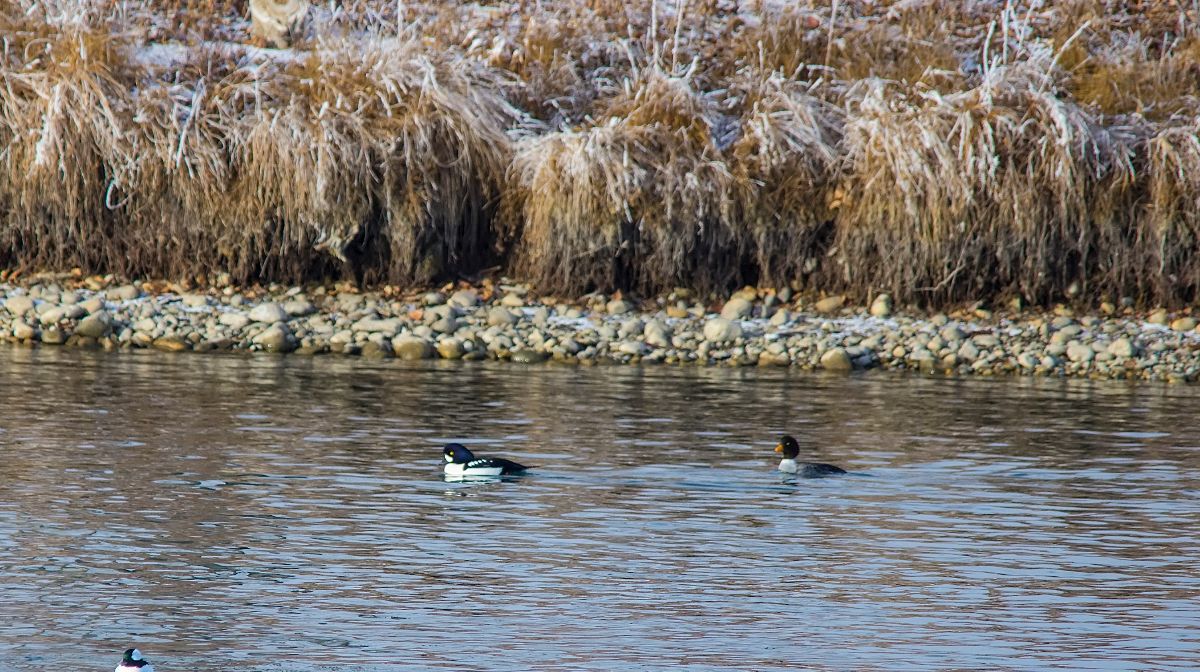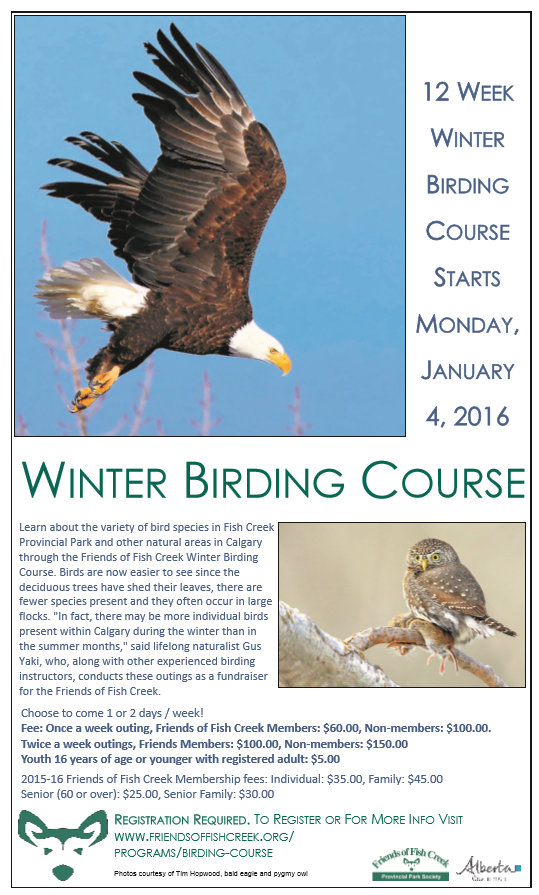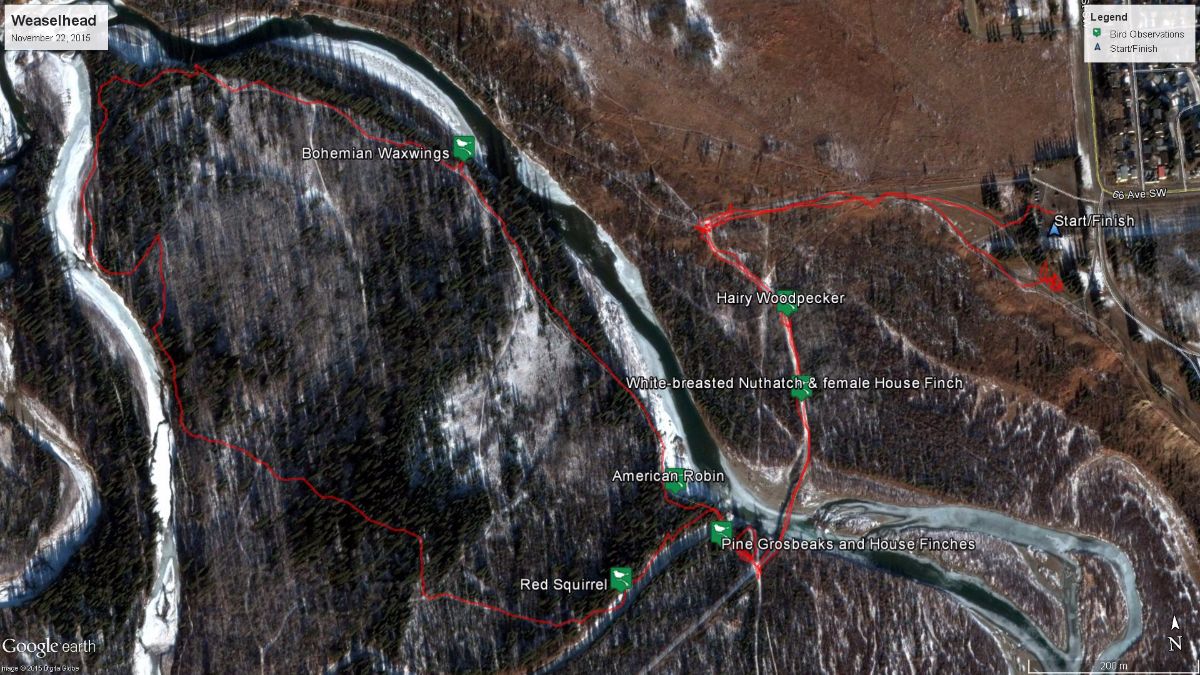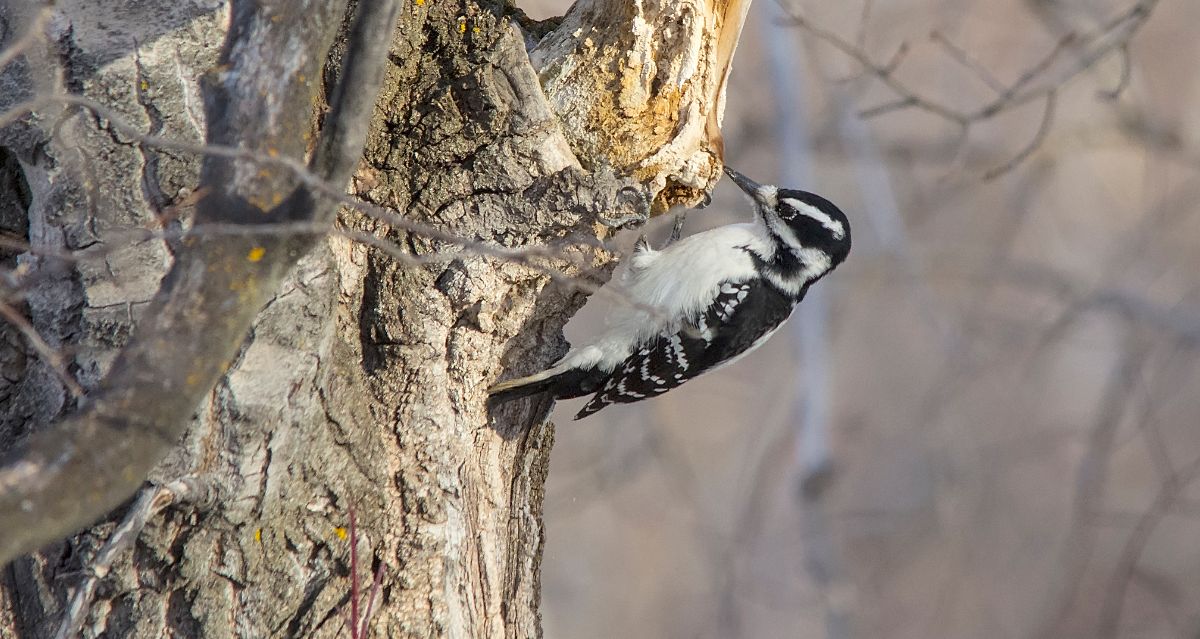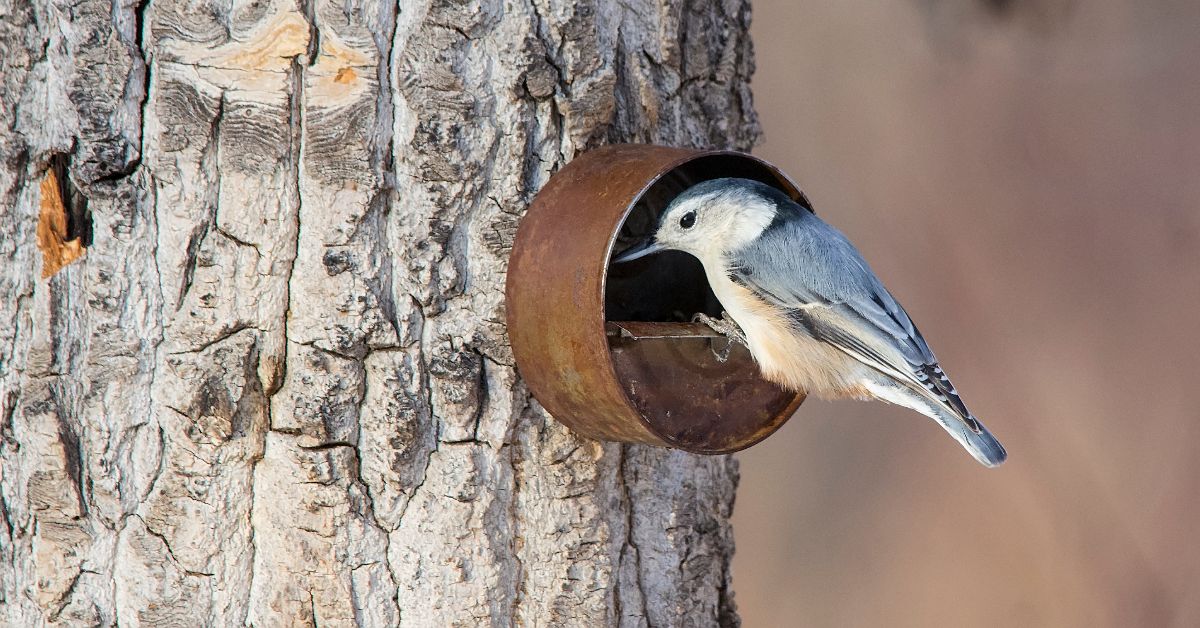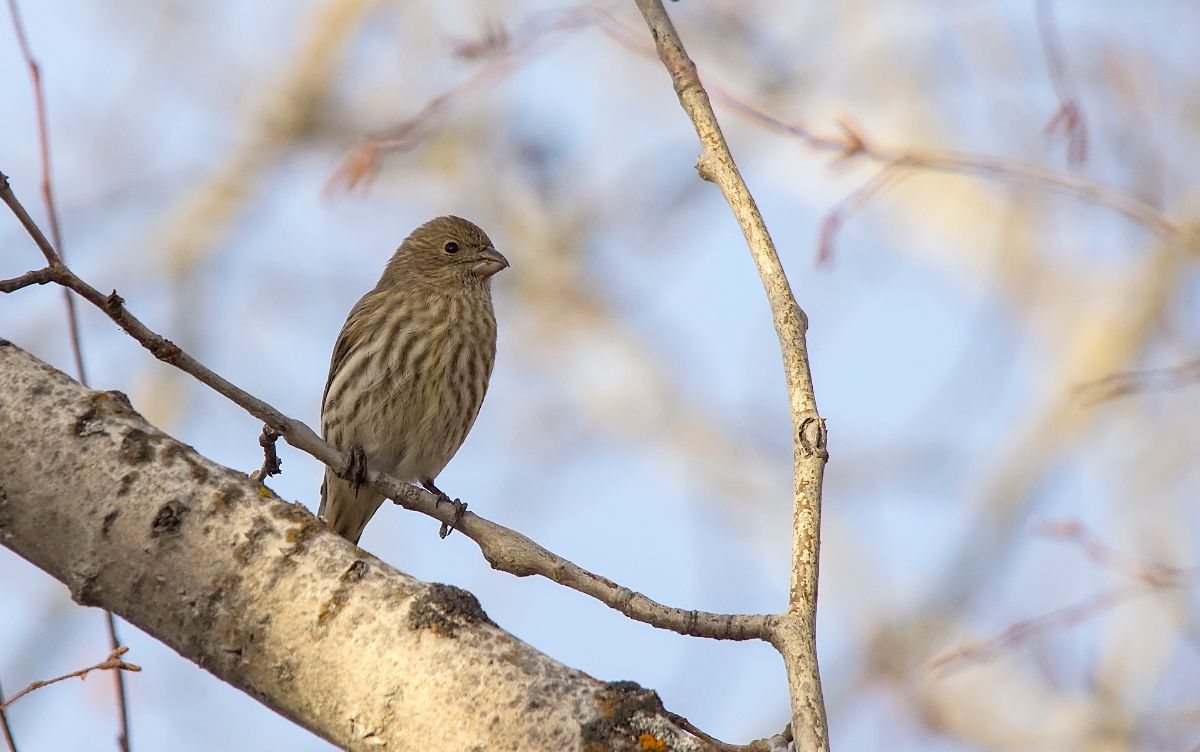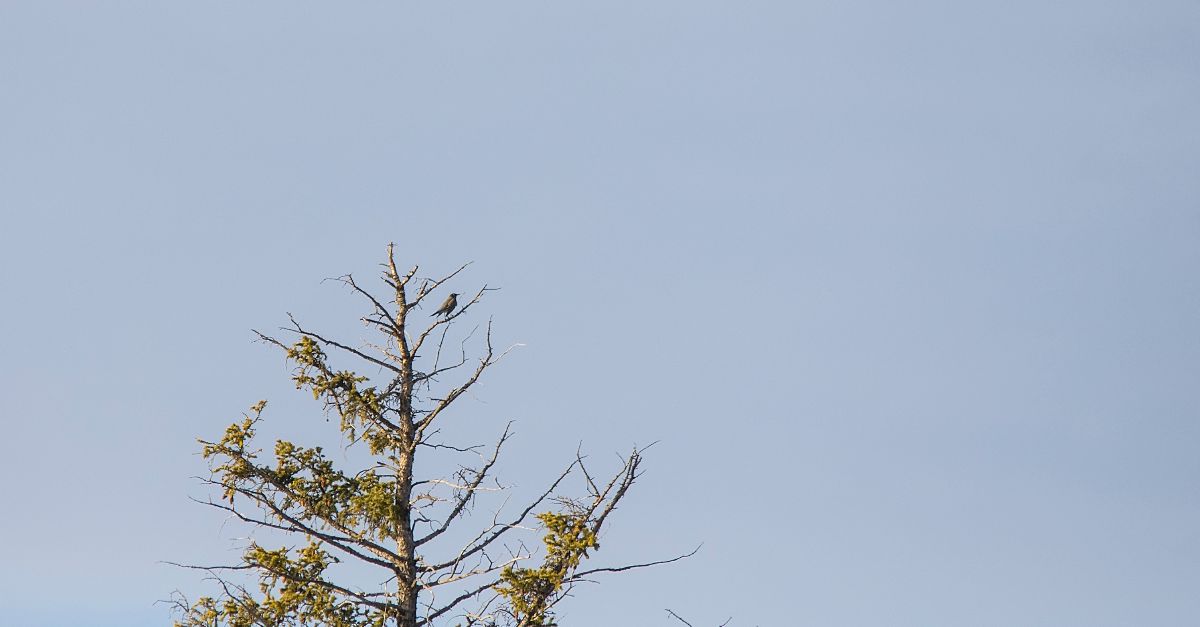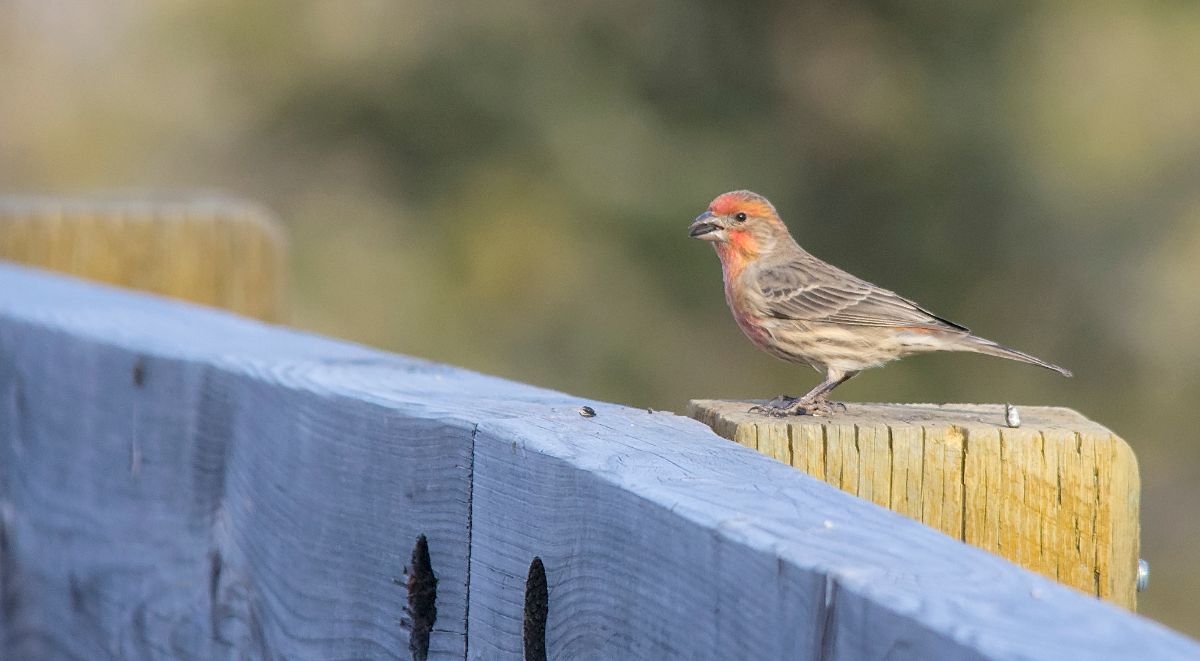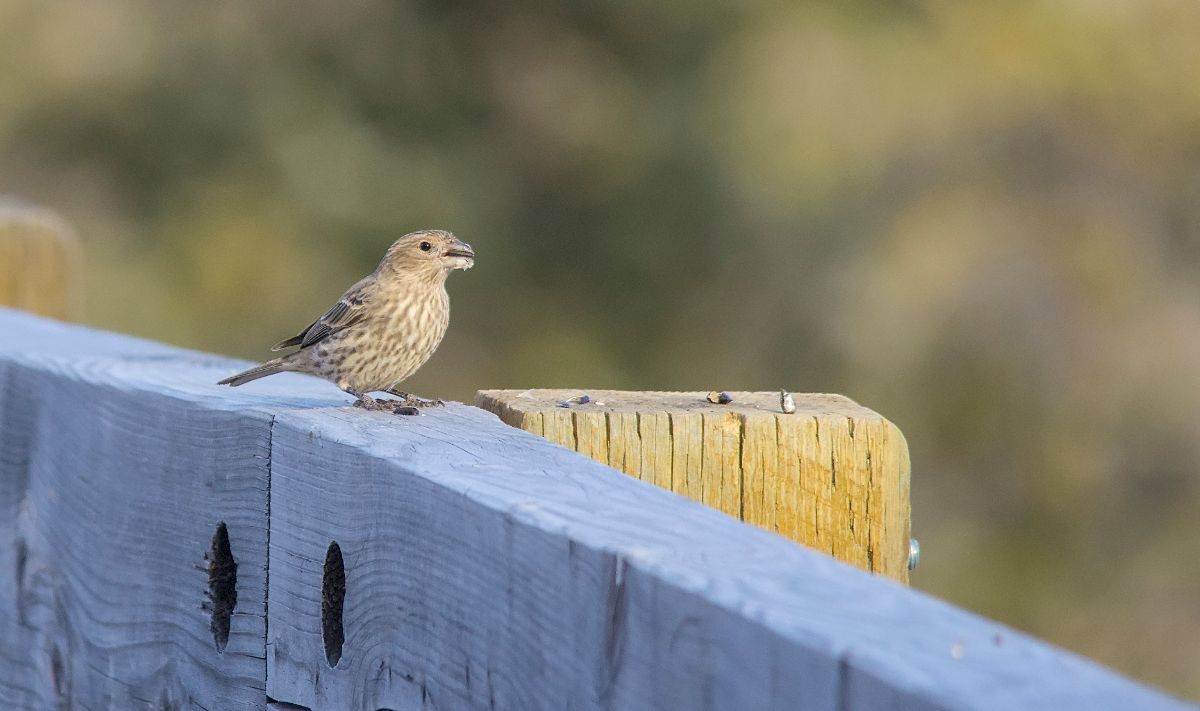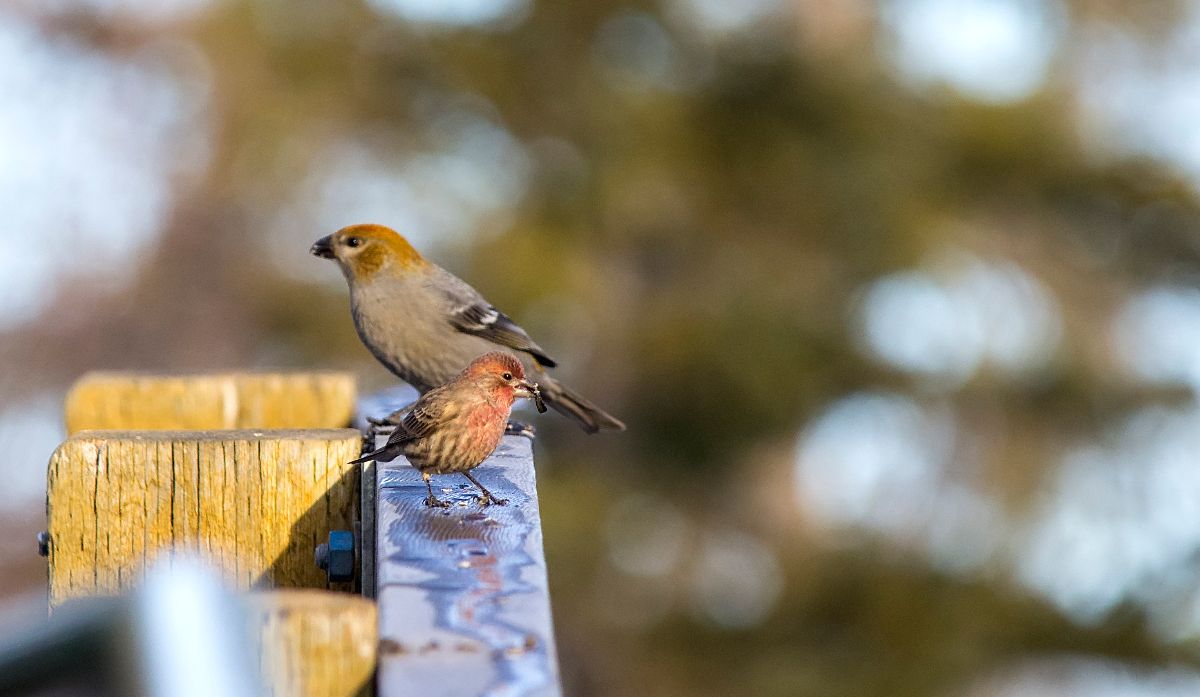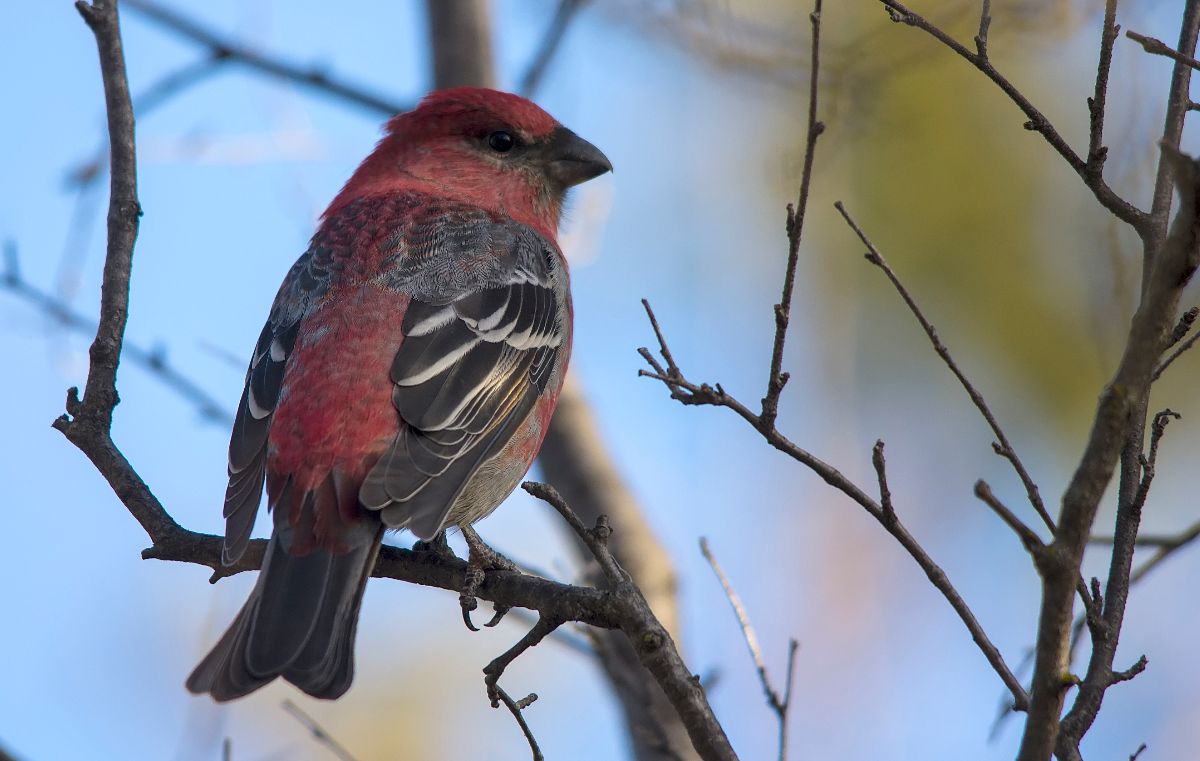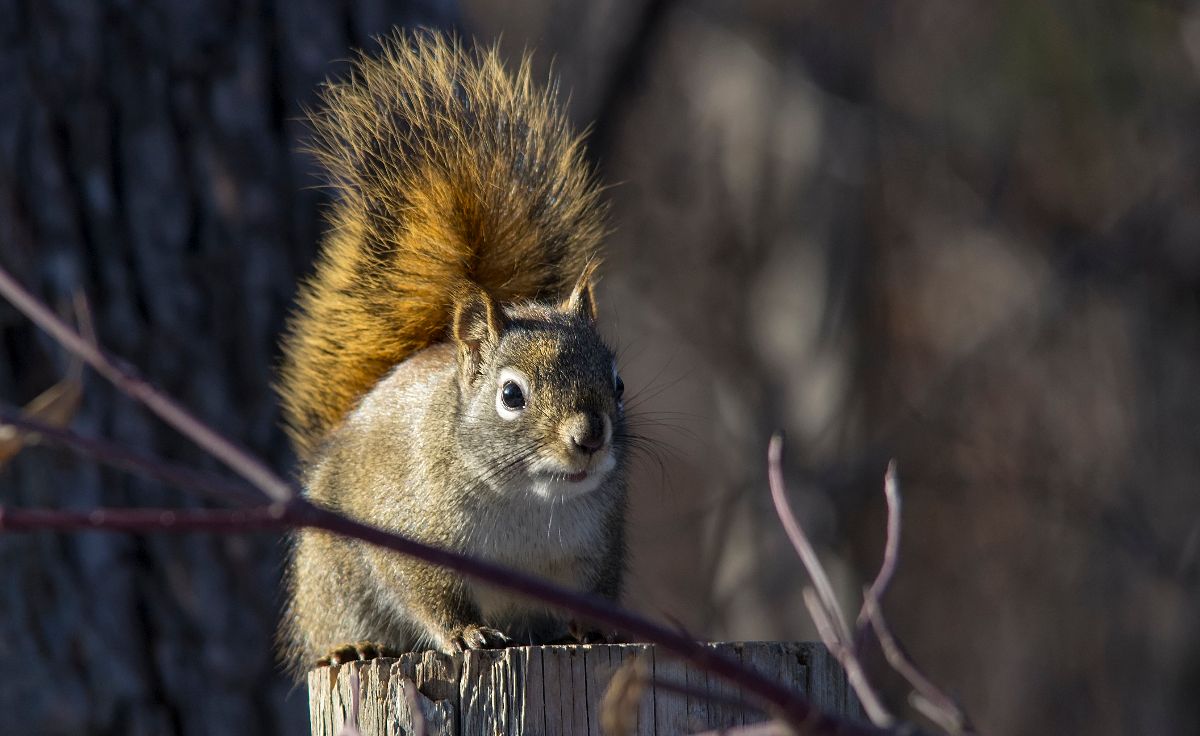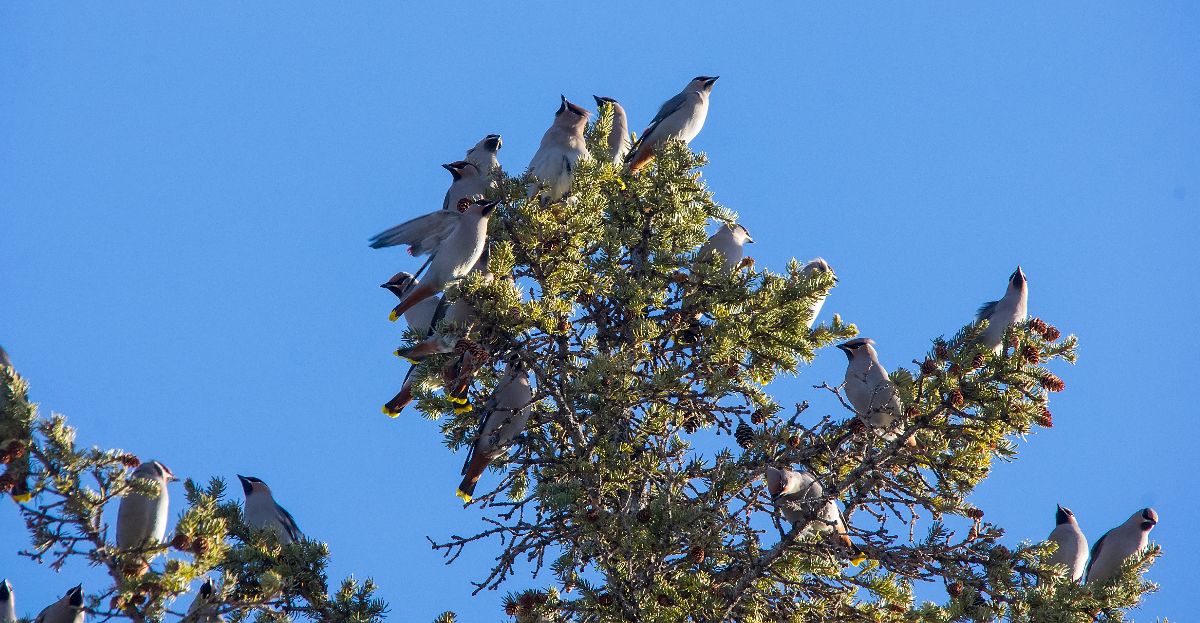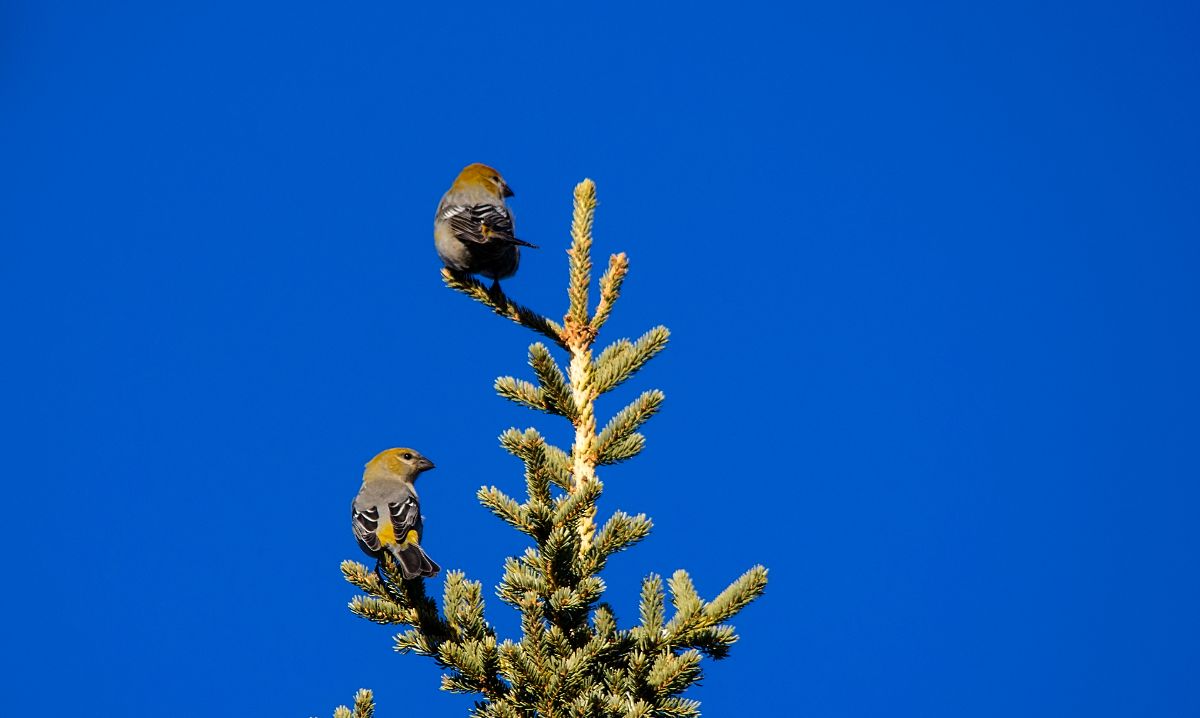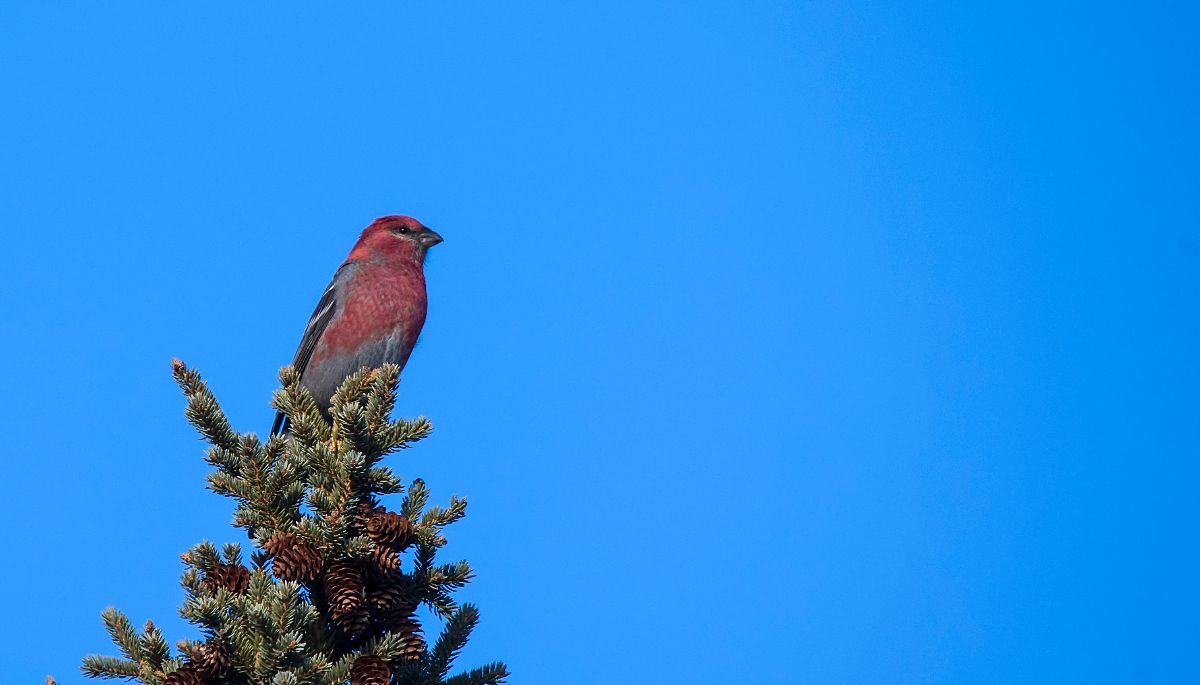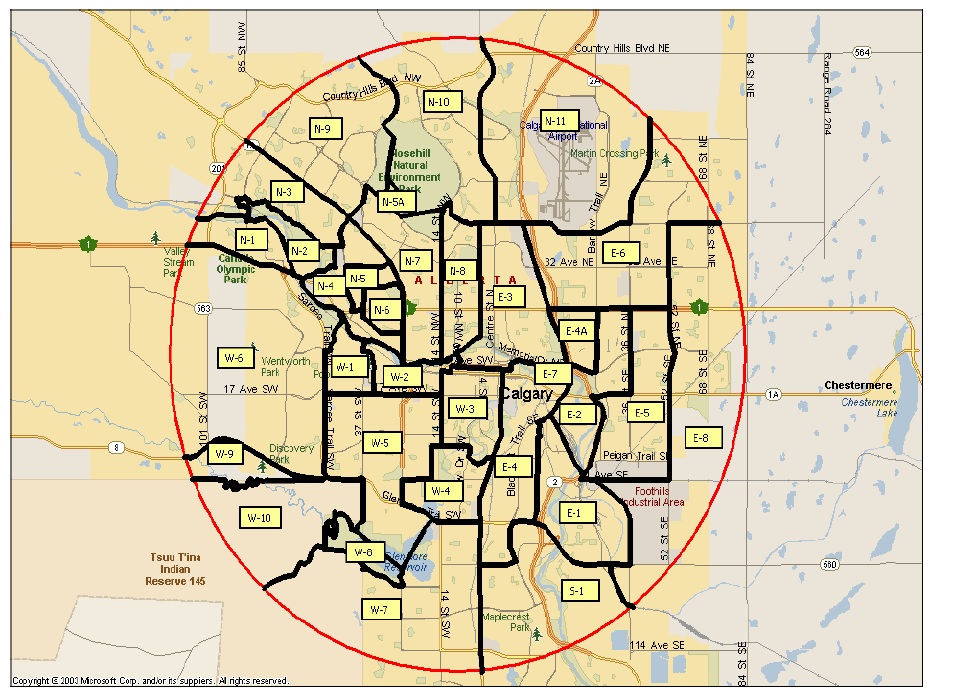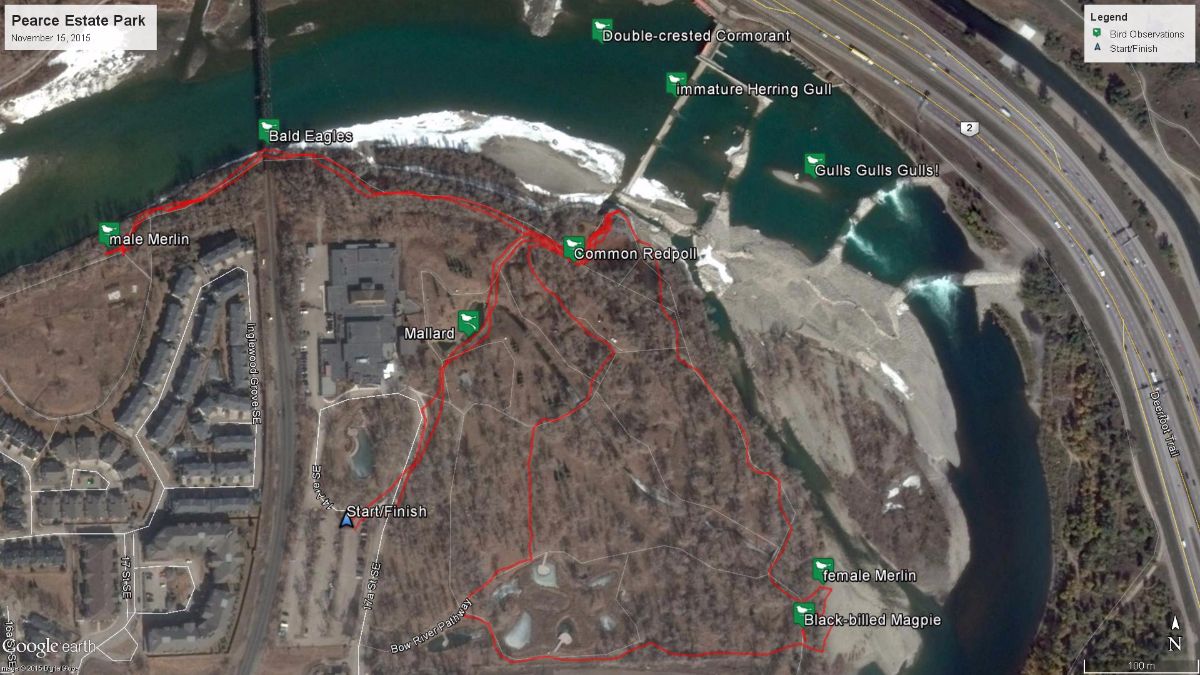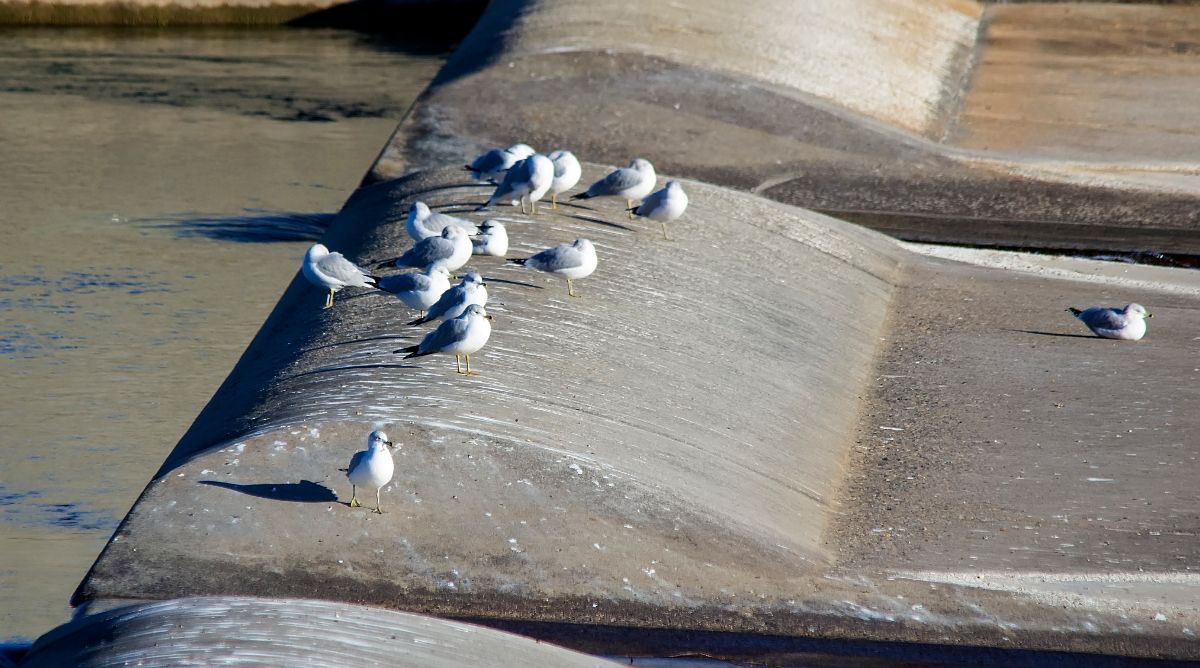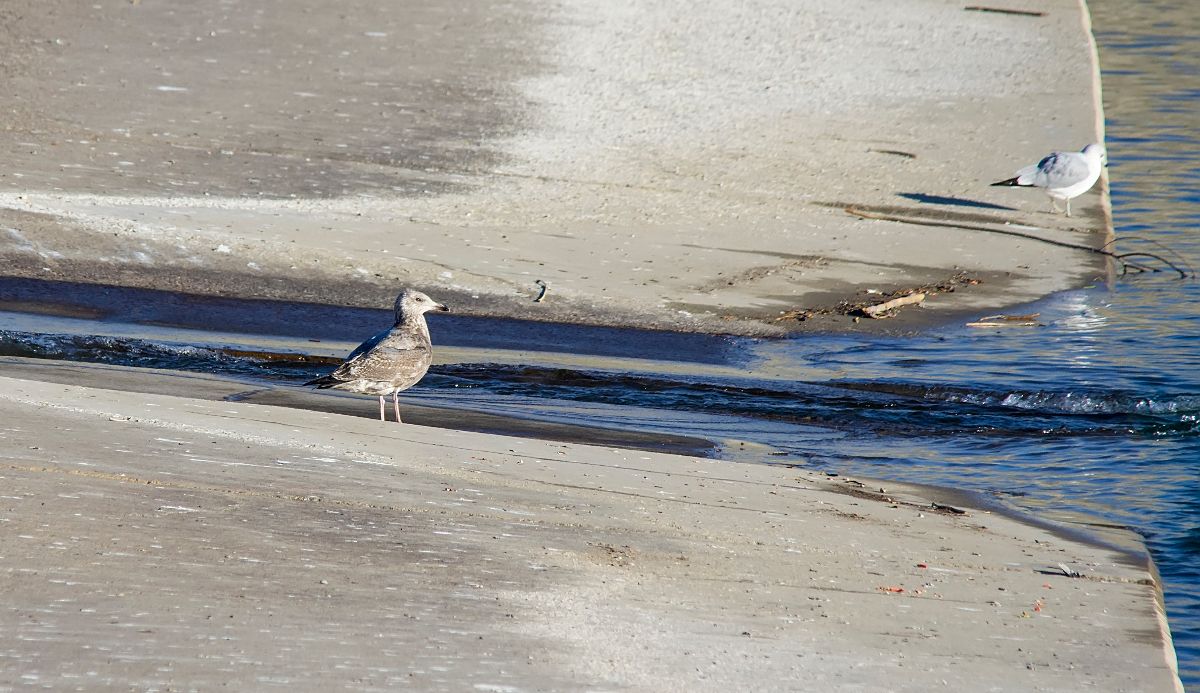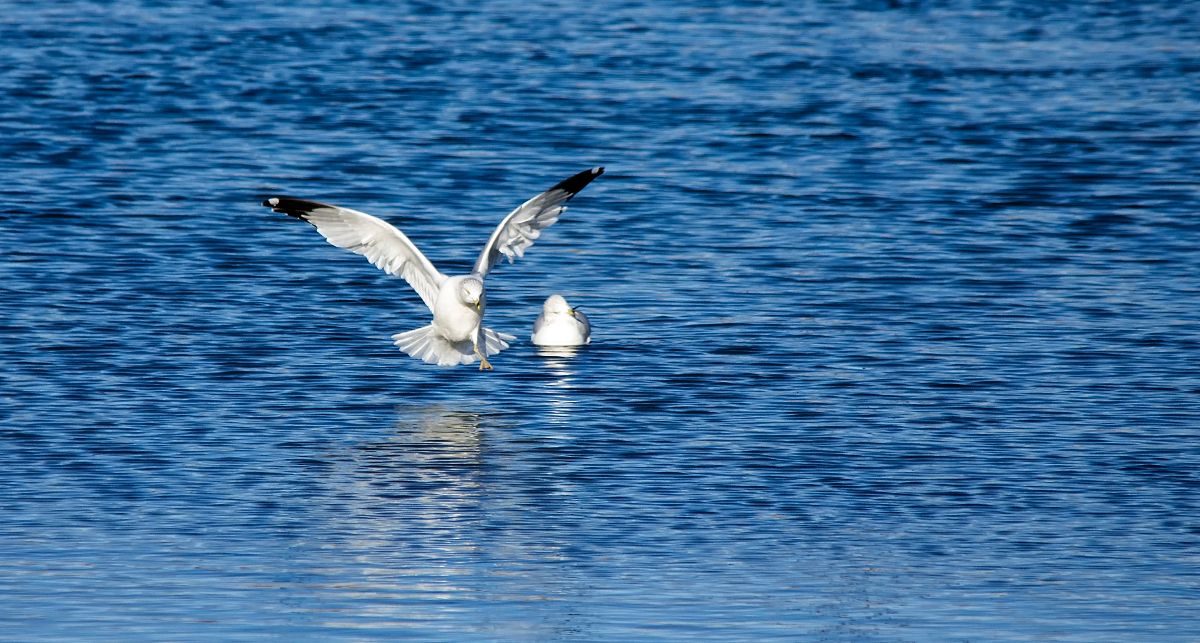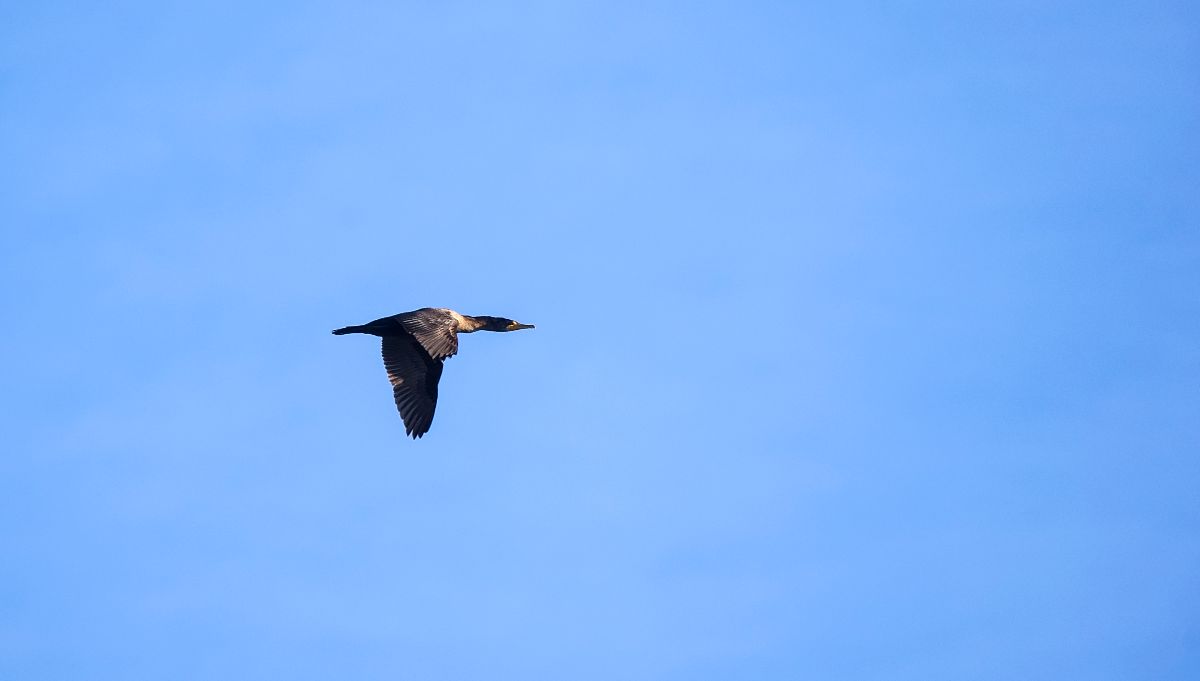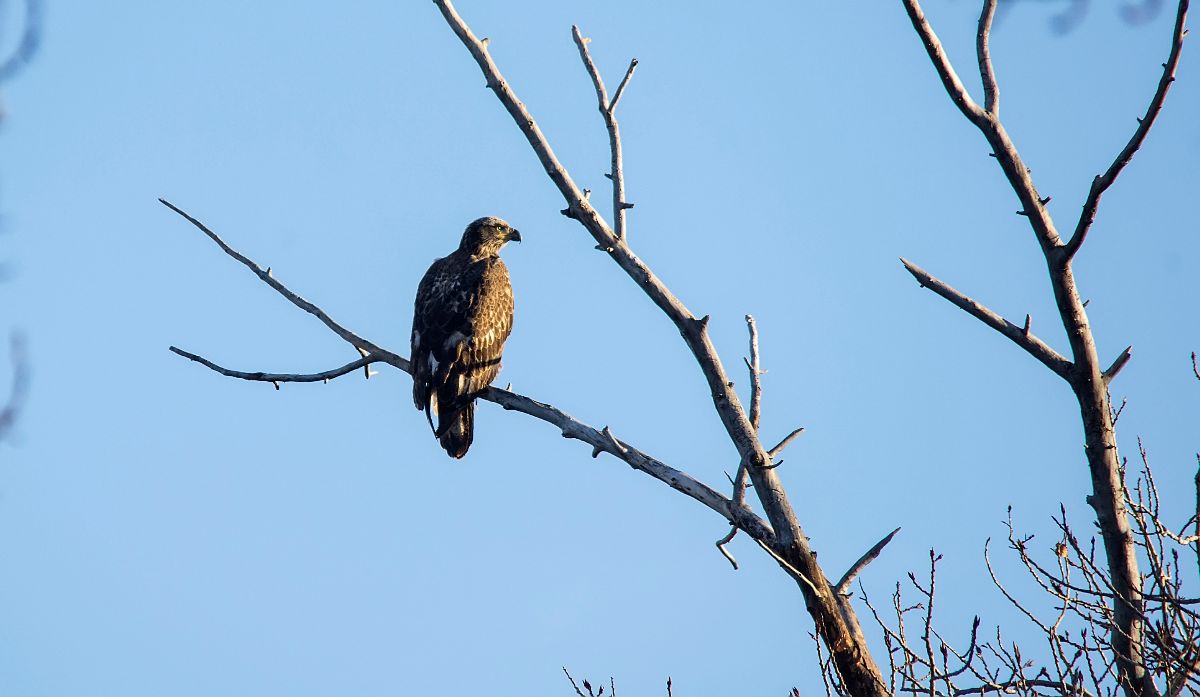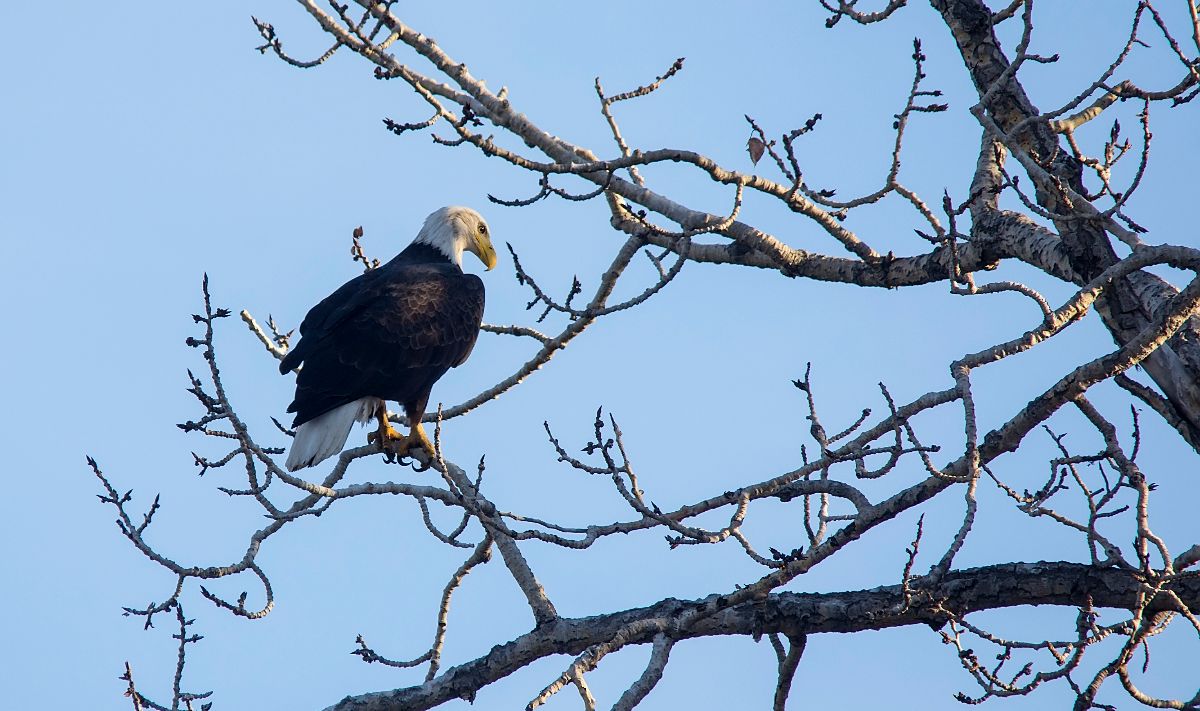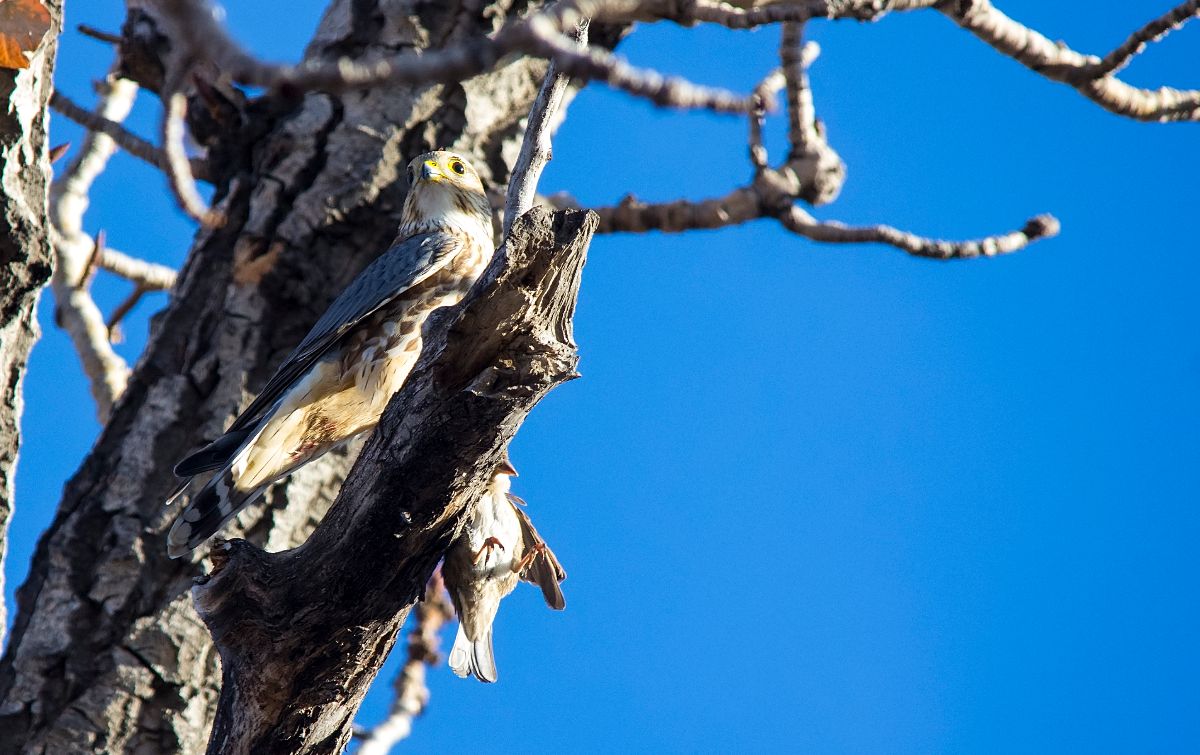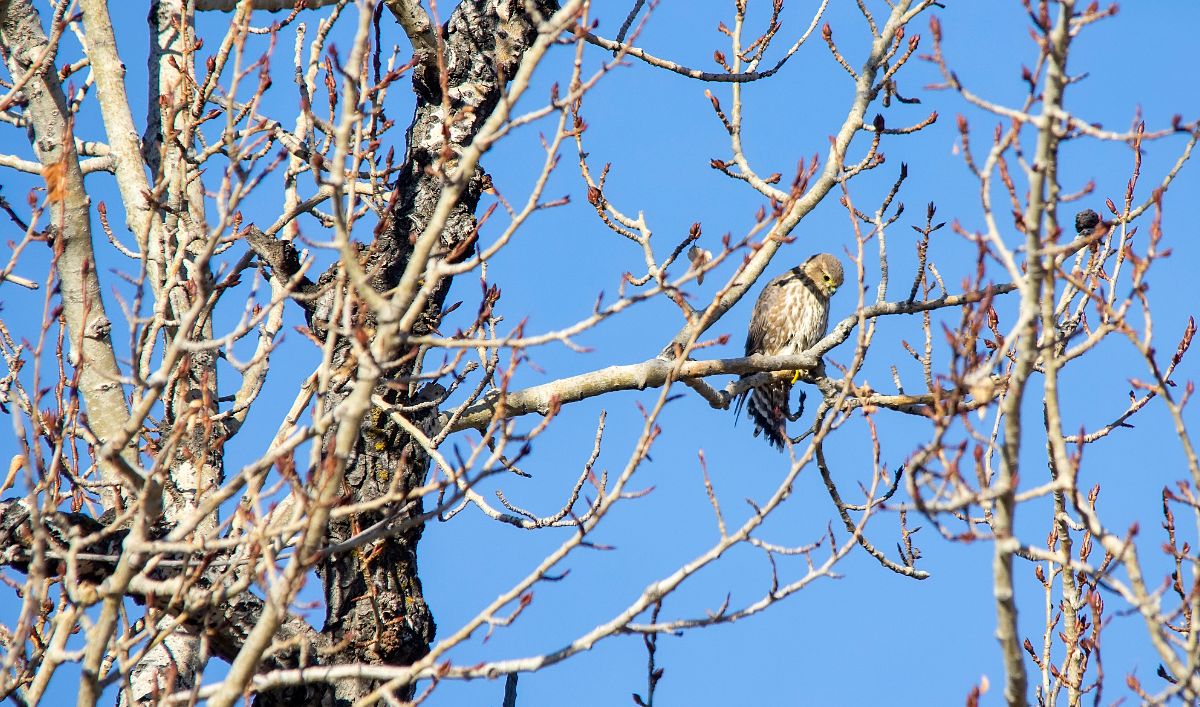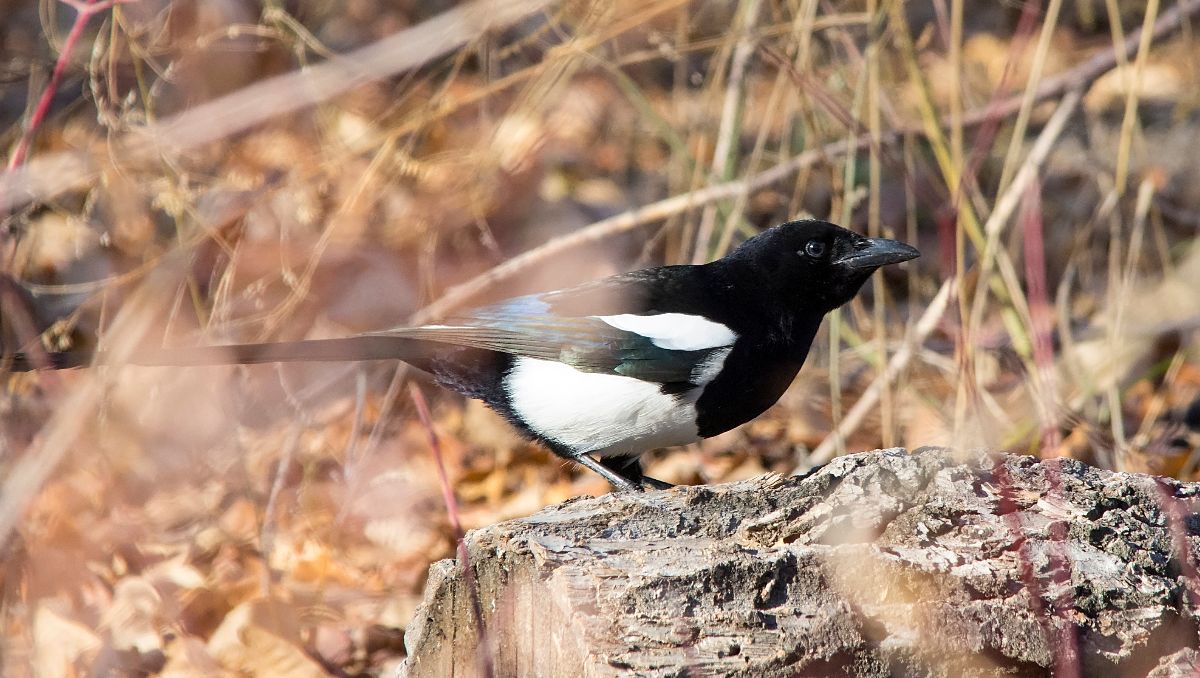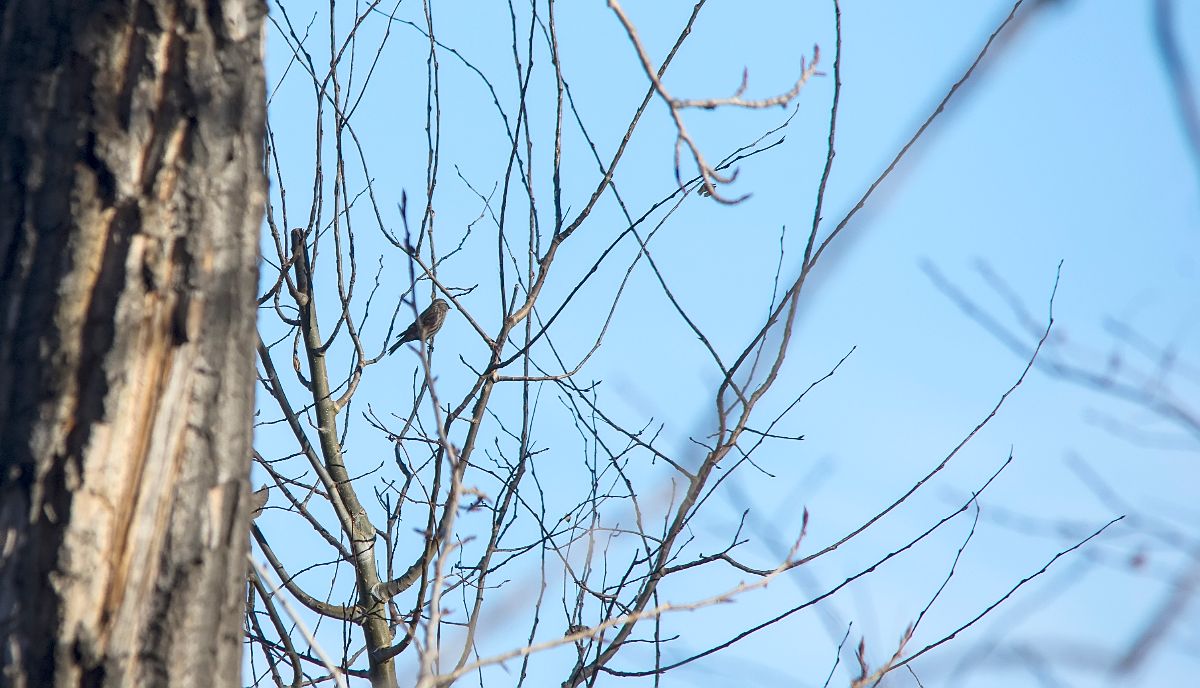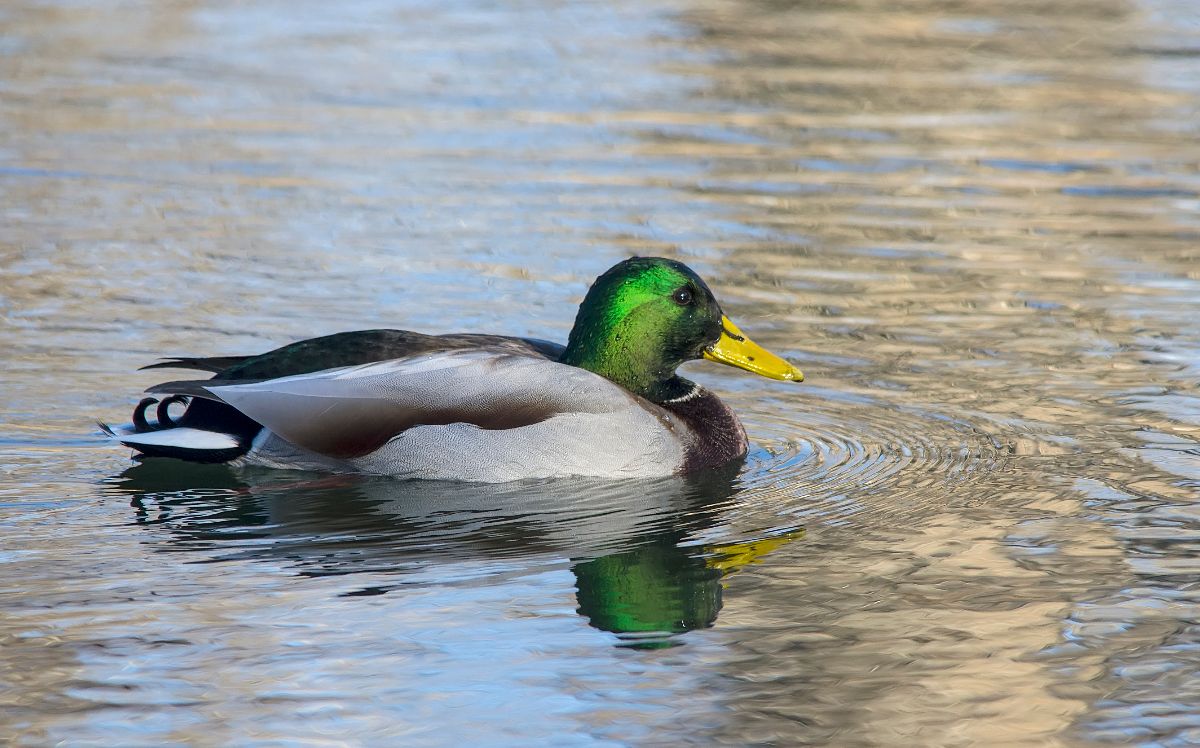This is a petition presented to Calgary Parks by Gus Yaki and a concerned group of birders. The changes proposed for the Inglewood Bird Sanctuary are designed to bring in scores of visitors for a variety of purposes. Construction of new buildings and increased activity are contrary to the purpose of a bird sanctuary, and clearly not in the best interest of the birds.
To Calgary’s Parks Department: 24 Nov.2015
Re BEND IN THE BOW PROJECT: Inglewood Bird Sanctuary, Inglewood Wildlands – Calgary, AB
Thank you for the opportunity to comment. We, as citizens of Calgary, Alberta, Canada, and the only known planet to support human life, are very pleased to see that the City of Calgary seriously seeks a vision to explore and address ways to Preserve, Enhance and Celebrate the only Urban-centred, Federally recognized bird sanctuary in Canada.
Here are some suggested DO’s and DON’T’s.
1). THIS IS FLOOD PLAIN LAND. The 2013 flood, a one in a 45 year flood, eroded away a dozen or more acres on the west side of the Bow River, south of 17 Ave SE and north of 8 Av SE. Had it been a one in 100 year flood – or greater, it could well have also taken out all the relatively new homes along 8th and 9th Av SE.
Because of Global Warming/Climate Change, we can expect more such flooding in the future. With extra carbon dioxide in the environment, vascular plants may grow faster – and therefore transpire more water vapour into the atmosphere. Higher air temperatures hold more moisture. Under the right meteorological conditions, this may well result in more frequent and greater floods in the coming years.
2). Therefore, it would be most prudent NOT TO ALLOW the erection of any new buildings – or other physical structures that could be damaged or swept away in this flood plain zone.
Any new structure will also reduce and destroy habitat for all species, which we and all other lifeforms depend upon for the air that we breathe, the water we drink and the food we eat.
3). No doubt, there will be some pressure to erect permanent structures for commercial purposes – such as coffee shops, etc. With the advent of mobile lunch trucks, if needed, these could be licensed to occupy a space in the parking lot(s), to serve that purpose.
Similarly, it would be a misguided folly to even erect any facilities designed to supplement nature interpretation and education – as they could well be swept away in subsequent floods. This would be a sad waste of time and resources!
4). There may well be requests for more facilities such as fire/barbecue pits, picnic tables, etc. These should be denied, as invariably such sites end up full of litter. Open fires also cause air pollution. Some fires are also abandoned, which could escape in a wind storm and cause untold damage – or may harm humans or wildlife unaware that they are still burning.
5). Requests for activities such as weddings parties, should only be allowed on mowed lawn areas, away from bird habitat, where they would not interfere with the activities of the birds – or other human passive users.
Re: INGLEWOOD BIRD SANCTUARY (IBS).
6). One of the great joys of visiting this site, is to be able to see the resident birds, mammals, and other wildlife.
However, over the years, many once abundant bird species, etc., have declined to the point that they are no longer present. Twenty years ago, one could see up to seven pairs of nesting American Kestrels and a similar number of Mourning Doves. They, and many other species, no longer occur there. What has become of them? Other once common species, such as Baltimore Orioles, etc., have also greatly declined in numbers, and soon may no longer occupy this site.
What is the reason for these losses? Undoubtedly, there are many factors.
7). One reason undoubtedly is because of all the non-native invasive plants now established there – and elsewhere. Species, such as Cotoneaster spp., European Buckthorn, European Mountainash, Siberian Peashrub, and Smooth Brome Grass, etc., having left all their bio-controls behind, have, and are quickly displacing the native herbaceous and woody plants, plants that still have to contend with their own suite of controls. The non-native plants do not provide food for any insect larvae – which are most essential for almost all baby birds. Without this source of animal protein, many of the nestling birds perish. When the adults die of old-age, without replacement, that species is then extirpated.
Invasive species greatly contribute to a diminishing biodiversity.
These non-native plants must be removed before they have displaced all of the rightful native species.
Replace only with local origin native species of flora – such as American Silverberry, etc., which will ultimately provide food for the birds and other animal life.
8). Invasive plants have difficulty in establishing themselves in undisturbed soils. Therefore, limit any activity that may open any wound in the earth. Limit bulldozers or other heavy equipment from creating unnecessary soil disturbances in this natural environment.
9). One other reason for the decline in bird diversity and numbers – is the changes that humans are making to the planet, both here at home and elsewhere in the world. If birds cannot find enough food and shelter on their breeding grounds, migratory stopover sites, or their wintering areas, they succumb. Their loss could ultimately be extremely devastating to humans. We can only conjecture some of the consequences.
One possible scenario is an increase in insects, such as mosquitoes or other as yet benign species, that are developing resistance to all known insecticides – which could then transmit diseases to both humans and other species – causing massive fatalities to us and other lifeforms. This could also disrupt other essential natural processes.
One example of such a misguided local action, is the installation of a so-called “Art Project” just to the east of the present IBS visitor centre in a supposed Bird Sanctuary. This is a collection of some 30 or so metal poles, topped with supposedly simulated birds.
All thinking people viewing this, be they visitors to Calgary or local citizens, including students, question the validity of erecting these poles. They are shocked that this life-destroying “piece of art” could be erected in a supposed Bird Sanctuary. Not ONE bird has benefited from this destructive feature. In fact, many birds have died because of its creation!
Because of it, somewhere on our planet, habitat was destroyed to bring about this useless simulated bird “art?”
A huge hole in the earth was created to mine the ore, and then a large area of the life-giving land was buried under the tailings. Similarly, another hole was created to mine the coal, needed to smelt that ore. In creating both holes, a tremendous amount of energy was used – which released vast amounts of CO2, and other pollutants, into the atmosphere, water and soils. A huge volume of water was taken from rivers or irreplaceable aquifers, for the smelting and other processes, depriving fish and other lifeforms of the quantity and quality of this essential requirement. The web of life is drowning in such thoughtless behaviour.
Its installation is planet-destroying. Future generations of humans, if any still then exist, will declare its erection as criminal!
Any art forms, if desired, should only be located at or near the entranceway of the Sanctuary, where the majority of visitors would have the opportunity to view it.
A pole with nesting platform for Ospreys might conceivably have art included on it. It could include imaginative features such as nest boxes for Tree Swallows, etc., to truly show that this place is a sanctuary for birds.
10). Because of dams on the upstream rivers and creeks, floods no longer bring silt into the floodplain. Balsam Poplar are the most abundant deciduous tree in valley bottoms. The moist silt is required for germination by Balsam Poplar tree seeds. These seeds fall in mid-June, when most flooding would normally occur. The seeds have a viability period of only 24 hours in which to successfully germinate – and thus regenerate the species.
11). Because of the lack of moist silt, there are no new Balsam Poplar trees in the riverine forest. Most of the present Balsam Poplar trees are now approaching 100 years of age – and fall down as they die. These large standing trees provided nest-sites for cavity nesting birds, such as Canada Geese, Wood Ducks, Buffleheads, Common Goldeneyes, Hooded Mergansers, Common Mergansers, American Kestrels, Barred Owls, Northern Saw-whet Owls, all of the woodpeckers, Tree Swallows, Black-capped Chickadees, Red-breasted and White-breasted Nuthatches, and House Wrens. No trees with cavities = no cavity nesting birds.
12). Therefore, it is now necessary for us to grow and plant new Balsam Poplars. This can be readily done by having local nurseries take cuttings of existing trees, getting them to grow roots, and then replant them in the riparian zone. Do not ship these cuttings to B.C. nurseries, as the transport to and fro, only contributes to more climate change/global warming.
13). In the meantime, there is an opportunity to provide nesting cavities for the birds in the form of nest boxes. These could be built by youth groups, etc., by diverting surplus scrap plywood, etc., that is now wasted and carried off to landfill sites where it will create methane for an indefinite period into the future.
If “art” is desired, students could be invited to decorate these nest boxes – not with toxic paints but natural materials such as twigs, bark, etc.
The parks in the city of Helsinki, Finland, are filled with forest birds because of the abundance of nest boxes erected in the tall trees there.
14). Willows and other suitable native shrubs must be planted on the river bank slopes to tie the soil together to prevent further erosion. These plants would then provide shade and food, etc., for fish – which in turn would provide food for piscivorous birds.
15). All pathways along the river should be kept back ten metres or more from the bank’s edge. Pathways kill the roots of plants which tie the soils together, thus losing the ability to resist erosion.
Pathways should not have any depressions that collect pools of rainwater, which usually cause humans to walk around them, creating ever wider trails – again reducing plant life, and ultimately animal life as well.
Some sections of the pathways may call for an elevated boardwalk to allow observers to readily see the lifeforms along the river hidden by the near bank.
16). Effort should be made to reopen the drainage, cut off by the flood, that allowed open water all winter long at the north end of the lagoon. This allowed close observation of some 300 ducks, mostly Mallards, but also Common Goldeneyes, Buffleheads, and occasionally Common Mergansers. Close viewing of these birds was always a highlight of a winter visit to IBS.
17). BEAVER CONTROL. On Mon, 09 Nov. 2015, two vehicles were parked along Sanctuary Road. One was at the north end, opposite the IBS parking lot. The other was at the south end of the IBS lands. The trucks belonged to Eagle Creek Wildlife Control out of Airdrie, AB. The operator of the truck at the south end obviously had keys to the gate, which was open, and had installed a sign about “beaver control.”
Had beavers been allowed to freely live in the Eastern Slope foothills, their dams would have greatly reduced the $6.5 billion damage during the 2013 flood.
One of the greatest joys to the public, whether local residents or tourists, has been the observations of beavers at work. By trapping and destroying these beneficial rodents, the tax-paying public is denied that rightful pleasure.
To allow beavers to live at IBS and to be viewed by visitors, fresh poplar and willows that are felled by man or nature, could be delivered to IBS, to be used by the beavers for food and lodge construction material. The tourism value of such action could be immense.
18). Instead of paying an exterminator, use those funds to obtain sufficient woven wire to properly wrap all desired trees.
Use appropriate sized wire. Presently, funds are squandered by using the wrong-sized wire to wrap around the trees. Two-inch woven wire is ideal: one-inch mesh is a totally unnecessary waste of tax-payers funds.
The wire needs only to be three feet high. Four feet or taller mesh is recklessly extravagant. Giant Beaver have been extinct for 10,000 years!
Do not wrap wire around a tree after it has been completely girdled by beavers! Once the xylem and phloem have been completely severed, the tree is doomed. Better to let the beavers finish the job so they do not have to cut another tree. Observers, noting a tree so wrapped, wonder about the wisdom of the warped minds doing this.
Only wrap mesh around woody plants that beavers will use for food – i.e., Willows and Balsam or Aspen Poplar. (Note, no Aspen trees grow at IBS) – or species used to build dams or lodges, such as Water Birch.
Do not wrap wire around Saskatoons – again a profligate waste of money. Beavers find the trunks too hard, yet excessive quantities of wire mesh have been wasted in this way.
Again, it is a waste of funds to wrap a tree that is a few inches in diameter with a mesh that is a metre in diameter. It will take most Balsam Poplar trees up to 80 or more years to fill that space.
19). Almost no native wildflowers now grow at IBS. One reason likely is because of the high number of deer that are present. The lack of large predators such as wolves and bears has allowed deer populations to exceed the carrying capacity of the land.
It is suggested that several exclosures be erected to exclude deer. Recommended would be to fence off an area about ten metres (~30 X 30 feet) square, and at least eight feet high – and then monitor the differences in the flora compared to the area still accessible to the deer. Such a demonstration trial could be used as a guide in rehabilitating the local wildflower species – which in turn would restore the vital population of bees and butterflies, etc. – and could be used for educational purposes.
20). Because of the high number of deer, there no longer are any ground nesting birds present at IBS: they now have no cover to hide their nests. Visitors are deprived of their right to see them. Therefore, the control of deer needs to be studied.
Re: INGLEWOOD WILDLANDS (IW).
21). This former refinery site needs to be rehabilitated. One observer pointed out “the area seems downtrodden and ill kept.”
Native tree and shrub species need to be planted, at least around the periphery, and then adequately watered so that they will survive. In previous years, many shrubs, etc., were planted by school children, but because of a lack of proper follow-up, have since died.
Do not plant non-native exotics such as Blue Spruce, as these are now becoming invasive.
22). In planting, avoid what has happened in the Birthplace Forests in Fish Creek Provincial Park. There, White Spruce, basically a Boreal Forest species, were planted in the prime prairie area, thus eliminating any sun-loving prairie plants and wildlife.
Those trees were planted in close proximity – often less than two metres apart. Because of this density, up to 50 % of them have died in the past ten years. In another ten years, 90 % will likely have succumbed. The dead stems will fall, decompose, and release any CO2 that they sequestered. Worse however, is all the energy and effort involved in planting the seeds, growing the seedlings, transporting them to FCPP, then transplanting them there, and following up with weekly watering – to have this 90 % die-off and the unnecessary release of more CO2.
23). The low-lying wet central area needs to have a permanent source of water restored, to serve as a pond for waterfowl, Red-winged Blackbirds, Common Yellowthroats and Muskrat, etc. It already has an installed raised platform which was used by school groups for educational purposes, to study small aquatic life – and could again be so used in the future. This site would also act as a magnet for other passive visitors.
24). Invasive non-native grasses – i.e., Smooth Brome and Crested Wheatgrass, needs to be controlled, so that native grass and other herbaceous species could be re-established.
25). The tall metal remnant and associated structure needs to be removed. It is an eye-sore – and not anything that fits into the mandate to preserve, enhance and celebrate this area. Youths may well try to climb it, and injure themselves. Then the City may be sued for damages.
26). Keep the area free of dogs. Western Meadowlarks, which once were one of the most abundant birds in Calgary’s parklands, have disappeared from all of them (except for Confluence Park). They still are occasionally seen here in some spring seasons. However, off-leash dogs, find the nests and gobble the eggs or young, preventing them – and other species, from becoming re-established. Dogs are also observed chasing deer or other wildlife, to the anguish of viewers – which then takes away much of the joy of visiting Calgary’s Parks.
Dogs, even friendly ones, often traumatize young children, by rushing at them or jumping up on them. Even adults, seniors in particular, who should get out more for health reasons, avoid going out in areas where dogs are not properly controlled.
Thank you for allowing us to express our viewpoints – which will hopefully make for a better environment.
